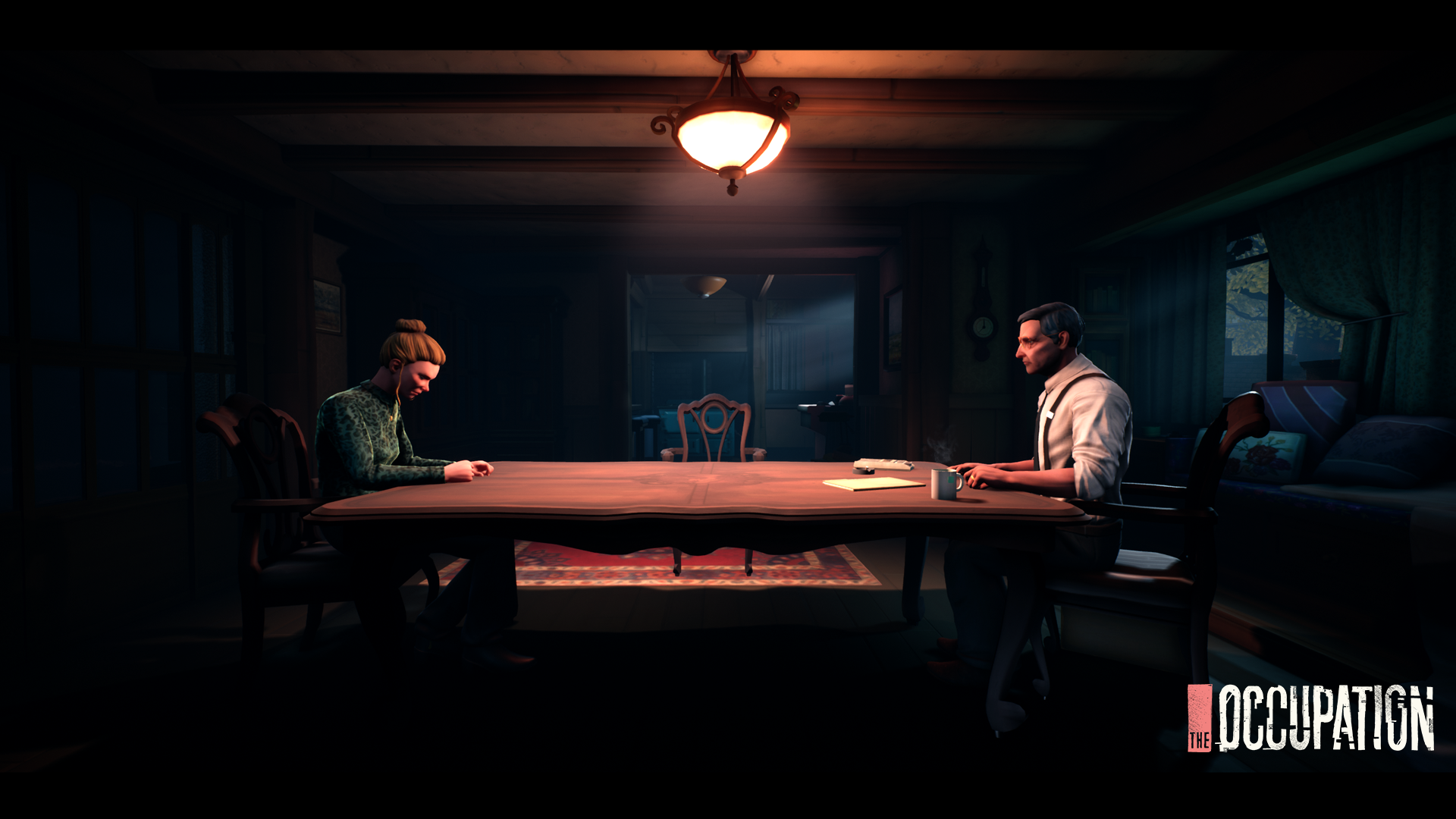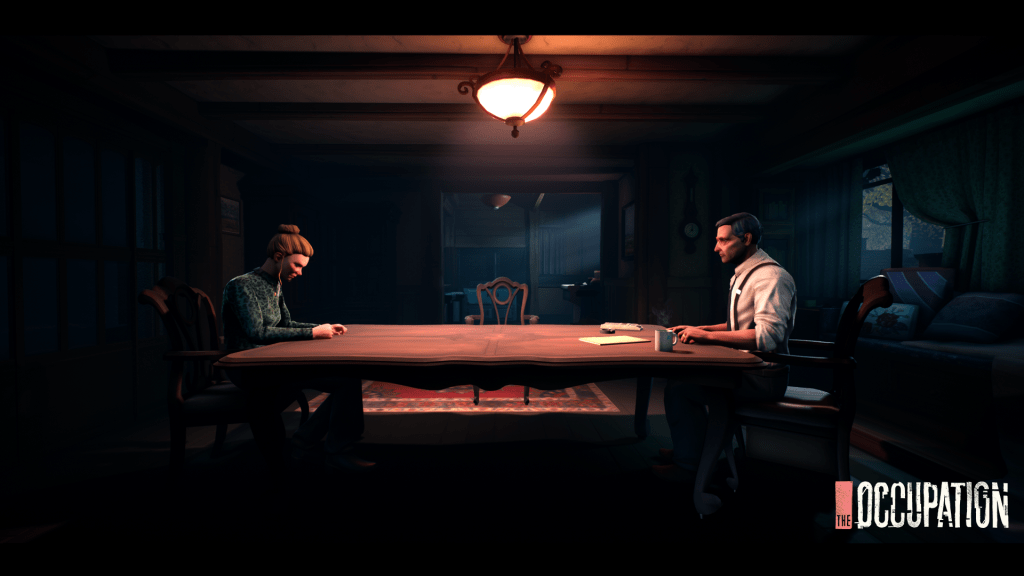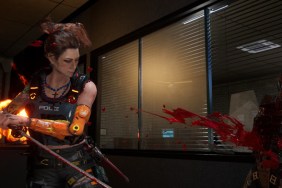The Occupation tells a story of a bombing that occurred in the city of Turing, a fictional city based in the United Kingdom. There has been an uprising among the citizens due to a controversial immigration act, known as The Union Act. If passed, this act would separate family members and only allow certain people to live in the United Kingdom, while others would be deported. At the root of this controversy is a company called The Bowman Carson Group. Charles Bowman and Michael Carson founded this company to protect the United Kingdom from threats both physical and digital threats and are spearheading The Union Act.
You play the game as a journalist named Harvey Miller. Mr. Miller is writing a piece on The Union Act, the explosion, and the Bowman Carson Group. He plans to do some digging, even if it means putting himself in some danger, to uncover the truth. As you play through the game, you must uncover the facts surrounding the explosion, and come to your own conclusions.
The Clock is Ticking
The Occupation is played in real-time, meaning, however long you have in the game to uncover facts, is how long you have in real life, as the player, to uncover facts in the game. You have around four hours to do your digging and come to a conclusion, if you run out of time, you’ll have to make do with what you’ve got. While not every moment in the game is timed, the majority of it requires you to play with the pressure of a diminishing timer.
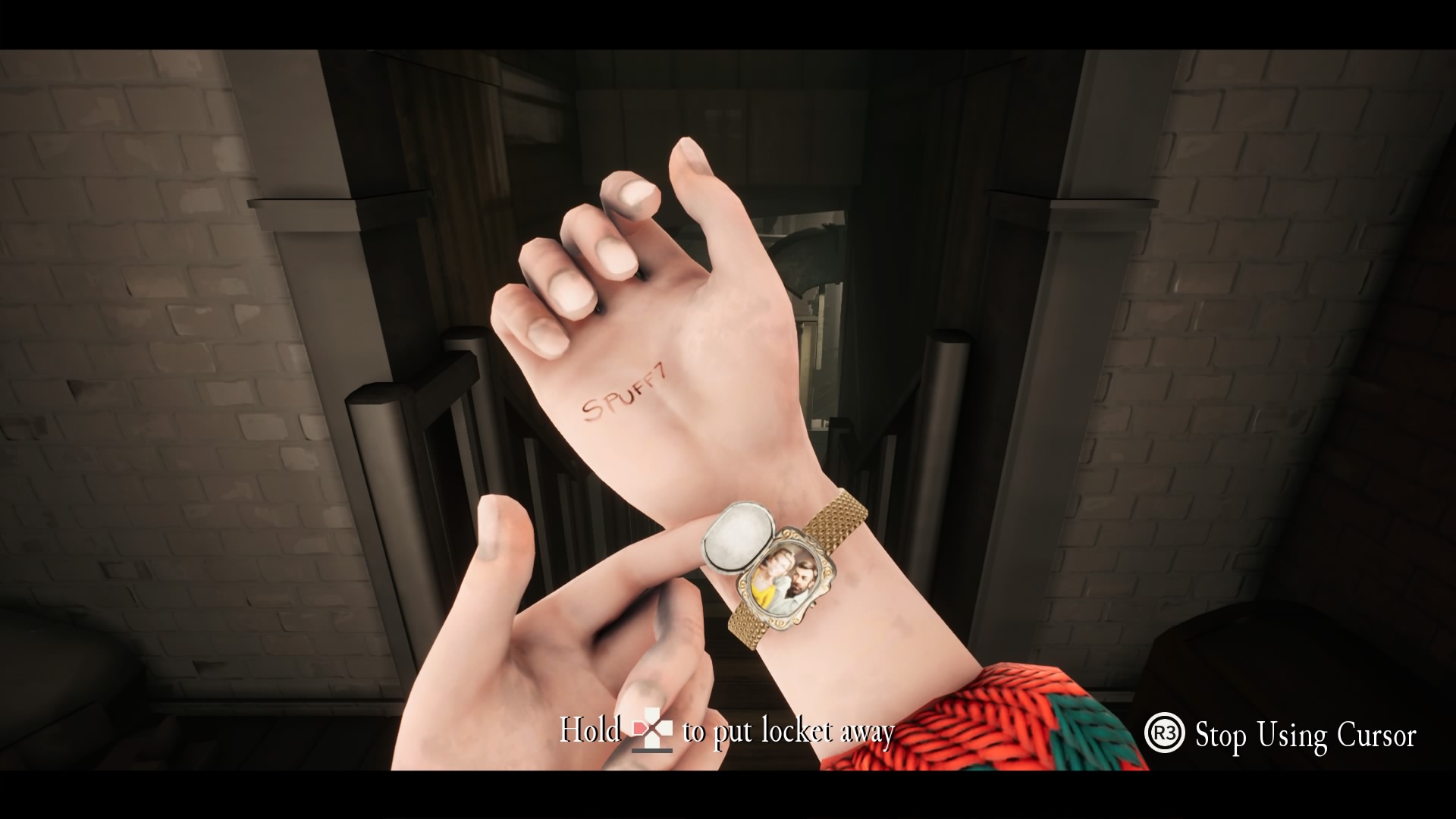
The ticking clock is a core aspect of the game. You only have four hours to uncover information. However, this doesn’t mean that you play the game for four straight hours and then it’s over. Let me explain. Mr. Miller has multiple meetings set up with various employees of the Carson Bowman Group, in order to ask questions for his story. He may arrive at one meeting an hour early, and you will have one hour to snoop around and find as much information as you can before that meeting. Once it’s time for the meeting, then you have to go into it with whatever leads you’ve been able to uncover. This process continues, and by the end of the game, you’re racing the clock with your last couple of minutes, trying to obtain critical information.
I found this feature to be both intriguing and annoying. On one hand, I really like it because it makes you consider your steps. If you try to follow four different leads at the same time, then you’re probably going to run out of time. However, if you follow one or two leads at a time, planning you’re next move each step of the way, then you’re going to uncover a lot of information.
On the flip side, there is so much information and clues hidden throughout the game, it’s impossible to uncover it all during the time allotted to you. If you want to follow a lead, but are out of time, you’ll never be able to go back to it, you’re forced to move on with what you’ve got.

A Jumbled Up Story
One of the biggest complaints I have with The Occupation is the way it presents the story. There is a good story within the game, but the way it presents itself makes it confusing for the player unless they pay very close attention to detail and are able to uncover a plethora of facts. Due to the story jumping around all over the place and an unclear presentation, it wasn’t until my second playthrough of the game that I really began to understand the story. I found myself in the same situations as my first playthrough, but this time, everything made a lot more sense.
This is fine if you enjoy playing through games more than once, which a lot of people do. You just have to come into it expecting to play it more than once. I typically don’t want to play something all the way through again. If it has multiple endings, I like to see all the endings, but I certainly don’t want to have to play the whole story again to do so.
According to an interview with White Paper Games, developers of The Occupation, “The Occupation is designed to be a real-time investigative thriller, however, we’re not necessarily designing for replayability factor.”
I find this to be very interesting. For the makers of the game, the aim isn’t to go through it multiple times and experience different endings, but instead to craft the narrative in a way that makes sense to you based on the evidence that you uncover. However, this still doesn’t change the fact that the game has more than one ending, and a lot of players will likely want to experience that.
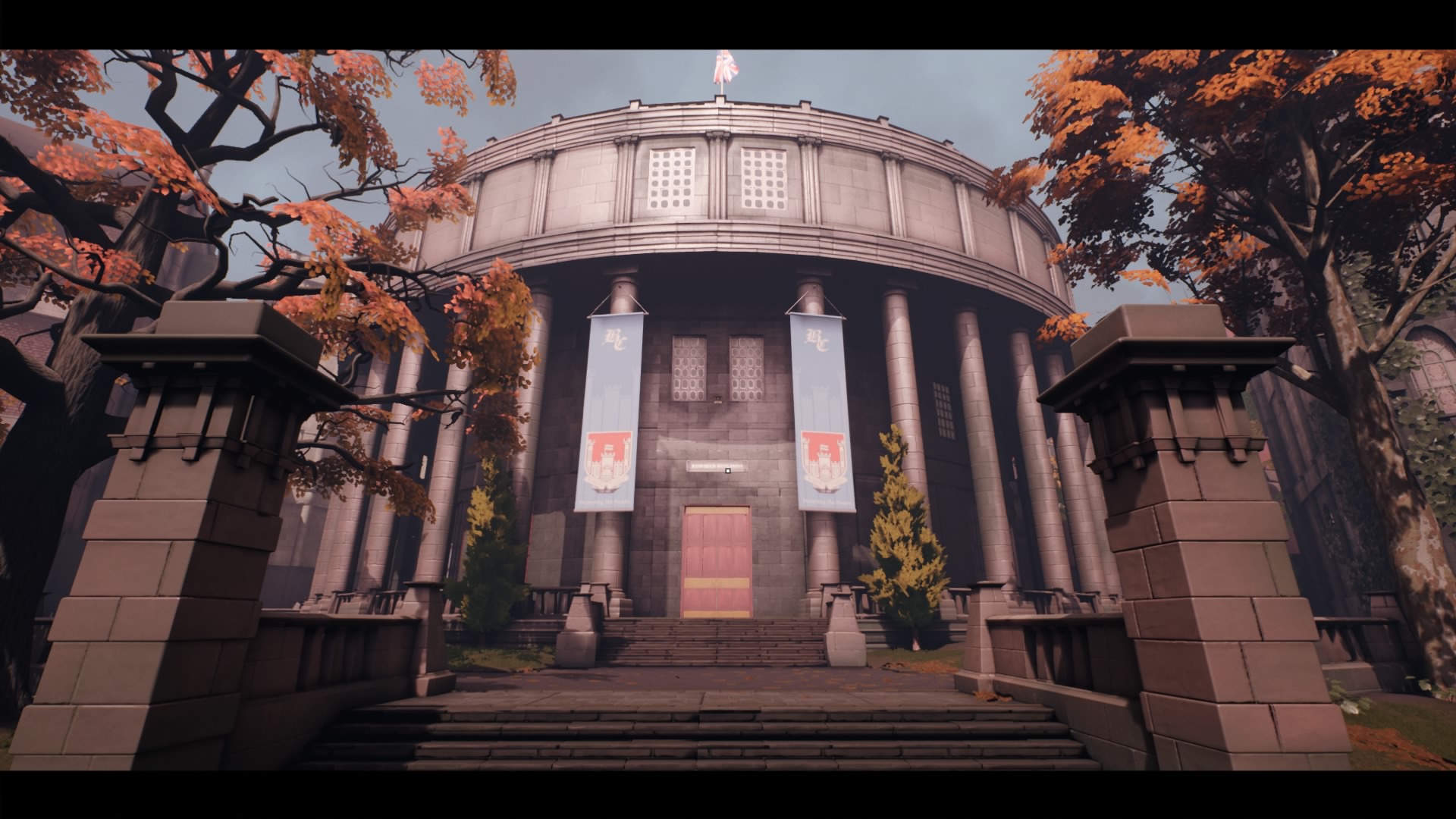
The Odds and Ends
This leads me into another issue I had with the game, which I alluded to earlier. There are no manual saves. I suppose that is because of the “on a timer” style of gameplay, but it’s incredibly inconvenient. I’m going to refrain from saying too much to avoid spoilers, but at the end of the game, you’re tasked with uncovering some very important information, which will play a pivotal role in the final scene. If you run out of time (or get caught snooping), then you’re forced to a specific ending, because you couldn’t obtain the information in time (or got kicked out of the facility).
If this happens, the game ends in one specific way and that’s it. There is no going back, there are no second chances, it’s over. If you do want to try and explore the other ending, you’ll have to play through the whole game again, which is what I did. After four hours of playing, I got caught snooping, was kicked out of the building, and forced to the same ending as the first time. No going back, no second chances. For me, the game was over.
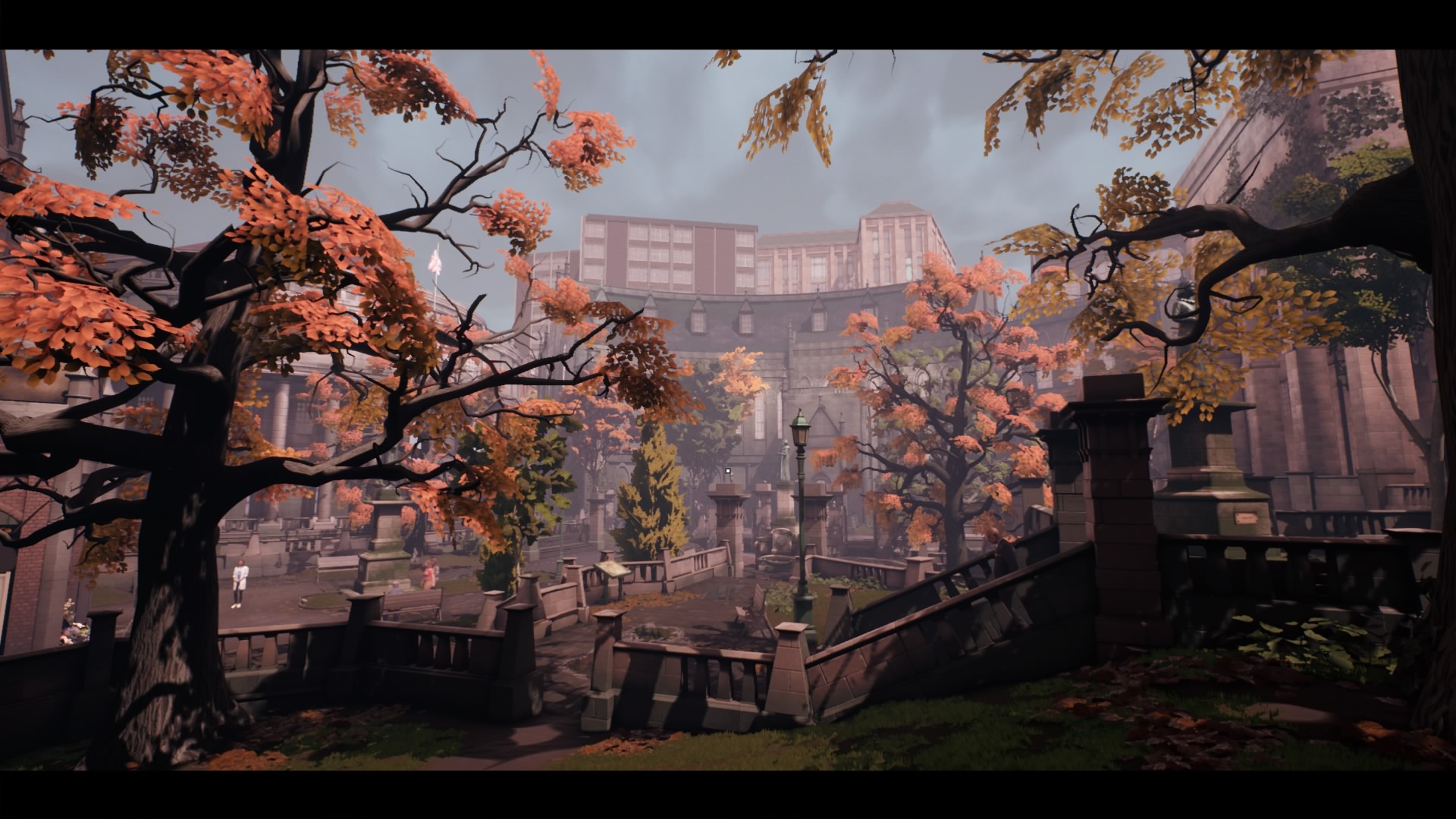
This may be fine for players who are content experiencing just one of the endings of the game, but if you’re like me, and are curious how the other ending plays out, you’re pretty much out of luck. It would be nice to be able to go back to the last mission once you’ve beaten the game, so you can experience the alternative ending, but unfortunately, that’s not an option.
The graphics are okay, but not stunning. While The Occupation does run at 4K on a PlayStation 4 Pro, I was playing it in 1080p on a PlayStation 4 Slim. I found the world to be colorful and detailed, but blurry at times. There are parts when it feels like you’re watching the game with your friend’s glasses on. You could see, but things were a bit blurry. This was especially true in the cutscenes. Characters faces were often muddy and hazy. They were clear enough to tolerate but were distorted enough where it was a nuisance.
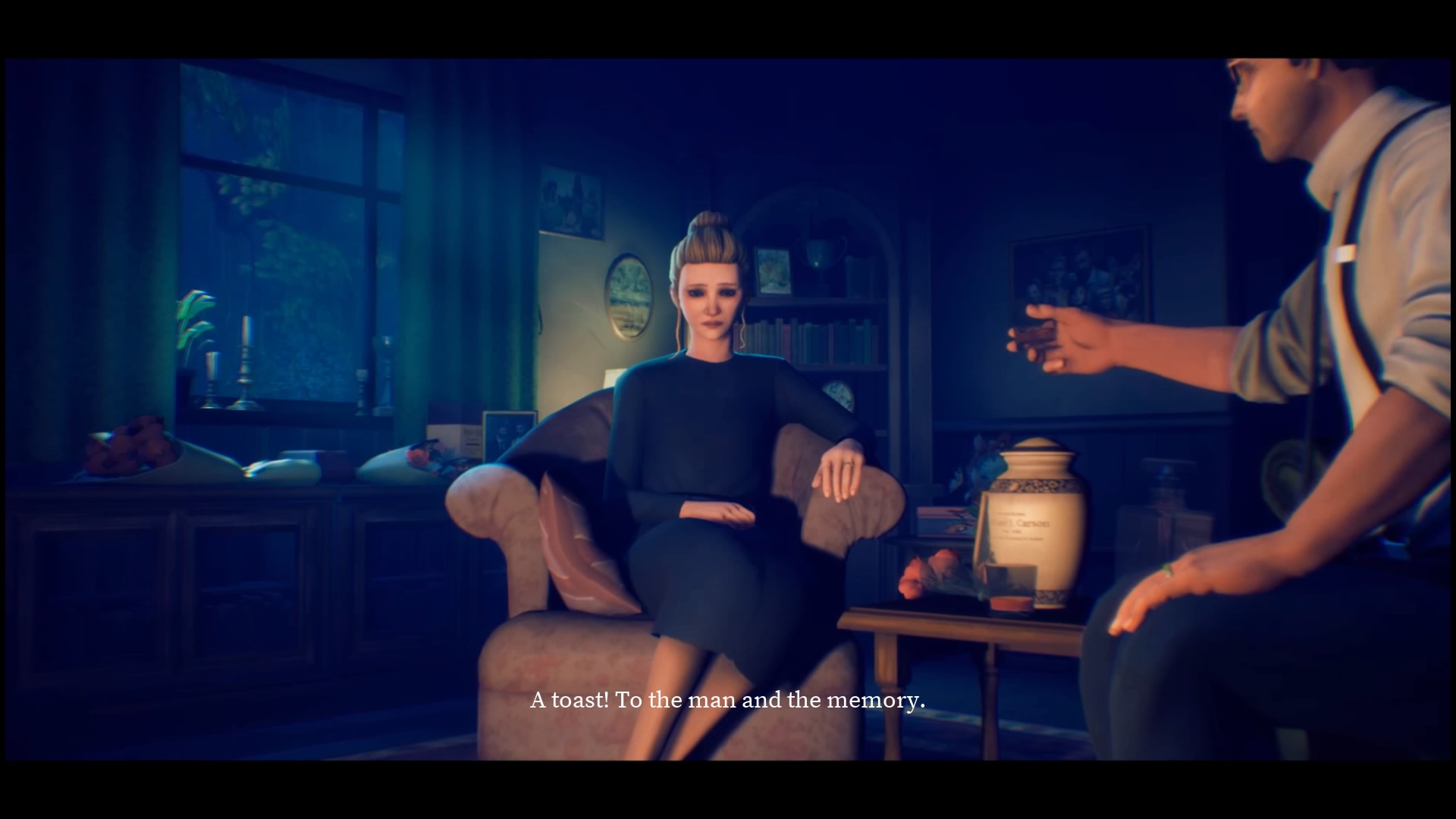
The Verdict
While all of this may seem a bit harsh, The Occupation is a good game that tells an intriguing story. Unfortunately, that story is lost in jumbled-up storytelling, which ultimately causes the player to be confused and disconnected from the game. Players will likely need another playthrough to get a full grasp of the story and to experience the various dialogues, possibilities, and endings that the game has to offer. While it is not a bad game by any means, The Occupation is held back from its full potential.
Despite that, if you enjoy uncovering the truth of a mysterious story, and don’t mind replaying a game to uncover the full story, you’ll want to pick up a copy of The Occupation when it launches on March 5th for PlayStation 4, PC, and Xbox One.
The Occupation review code was provided by the publisher. Version 1.00 was reviewed on a PS4 Slim. For more information on scoring, please read our Review Policy.
-
Intriguing Story
-
Interactive World
-
Real Life In-Game Clock
-
Poor Story Presentation
-
No Manual Saves
-
Unimpressive Graphics
The Occupation Review
-
The Occupation Review
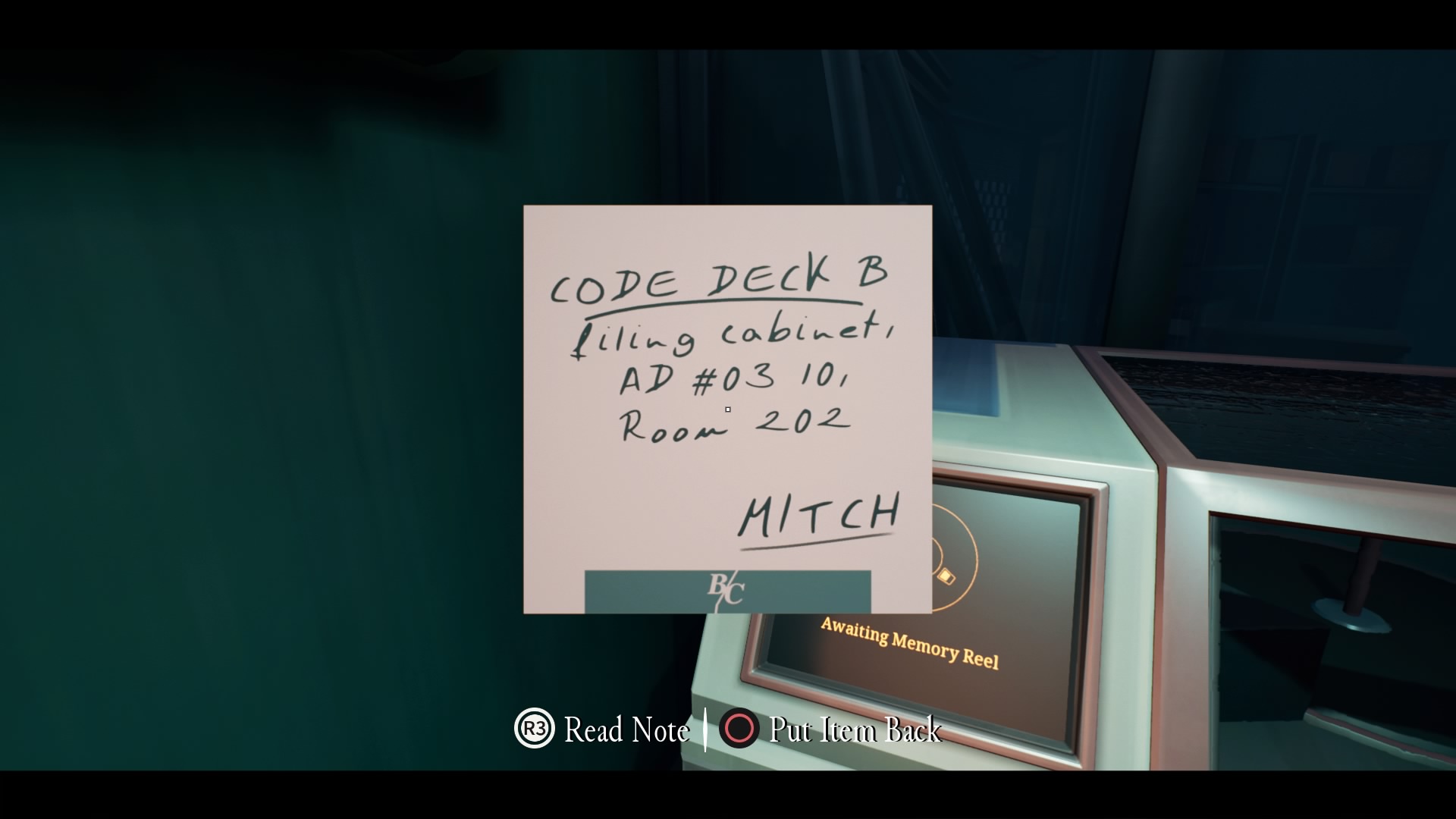
-
The Occupation Review
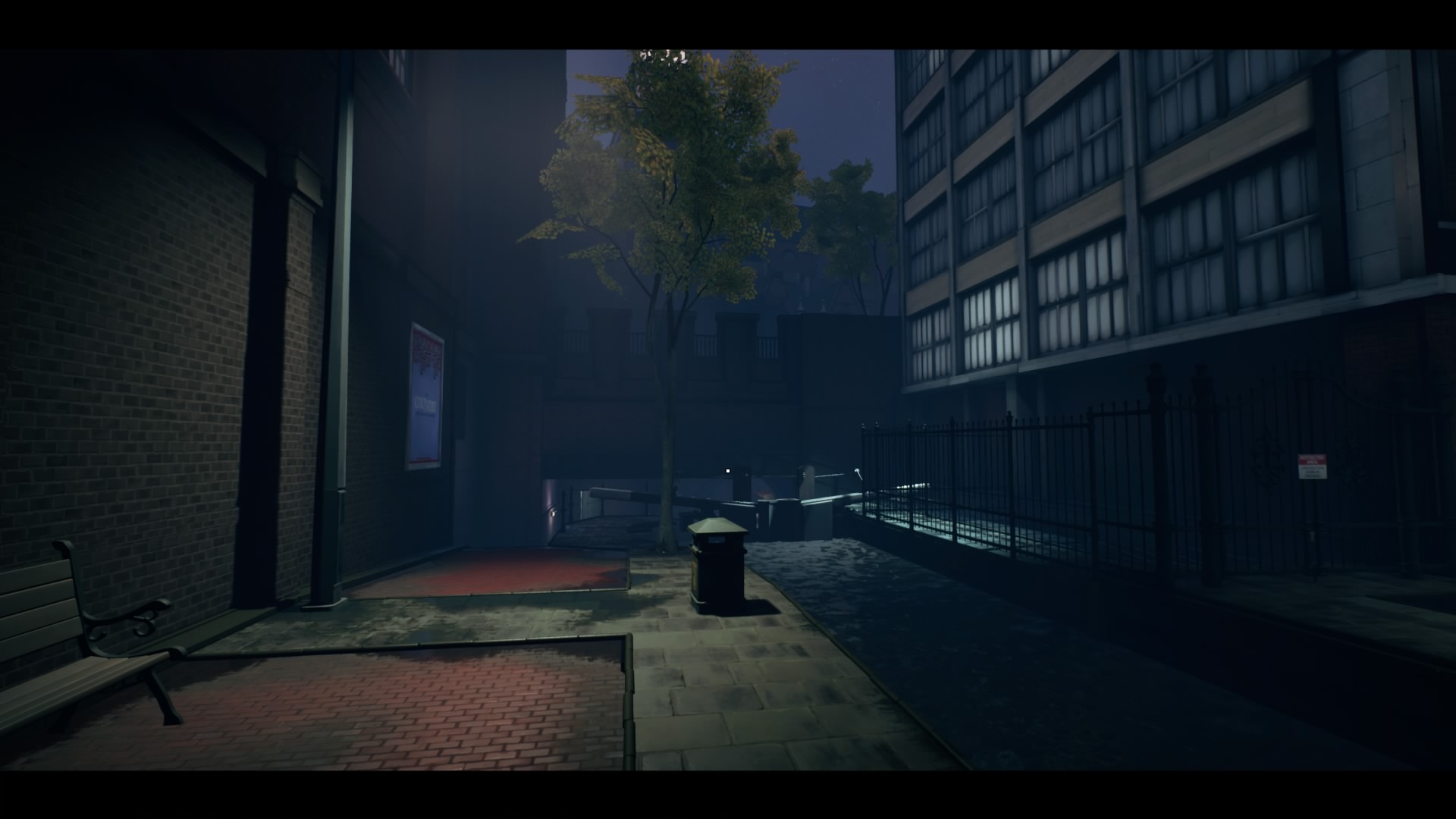
-
The Occupation Review
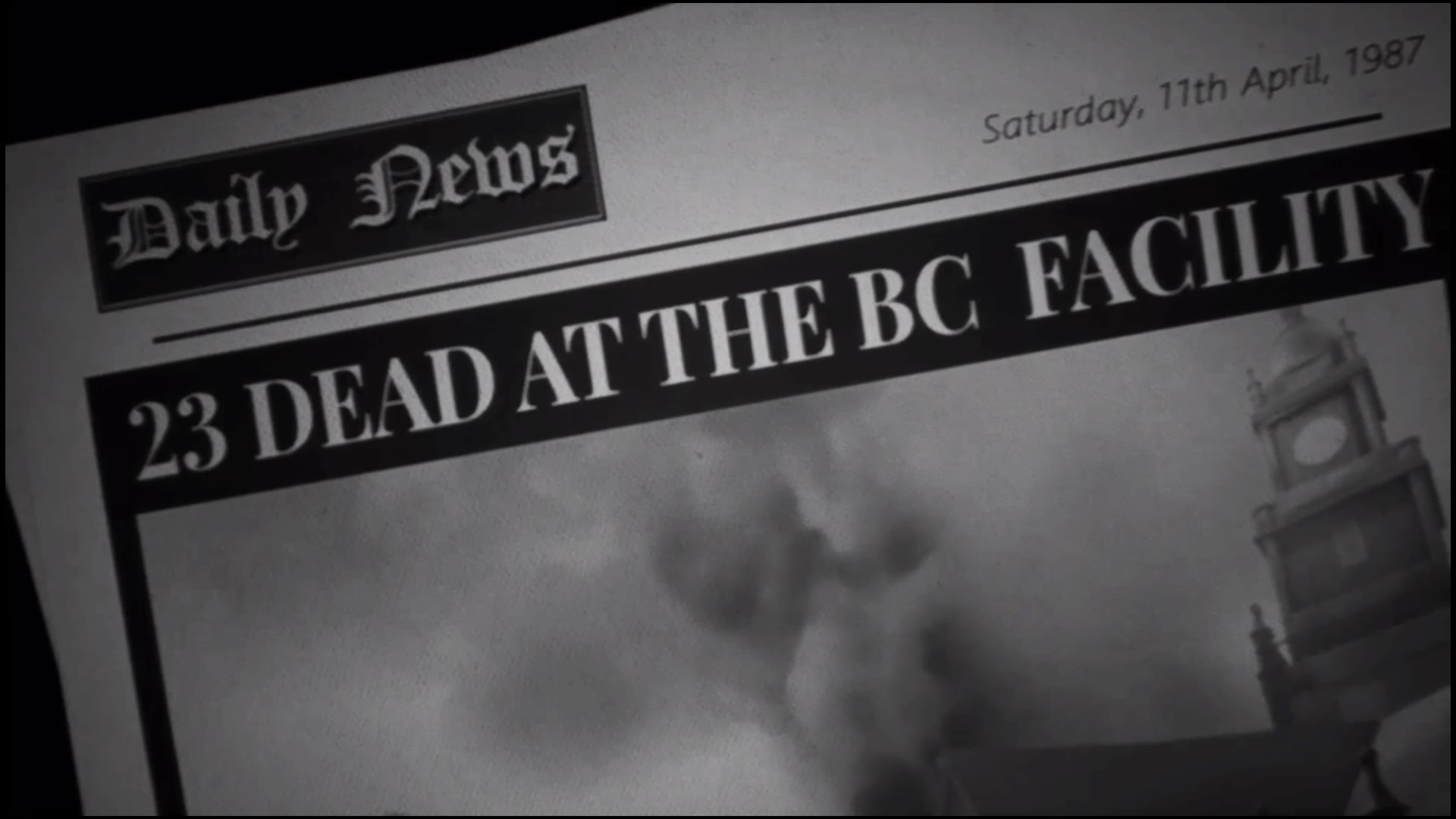
-
The Occupation Review
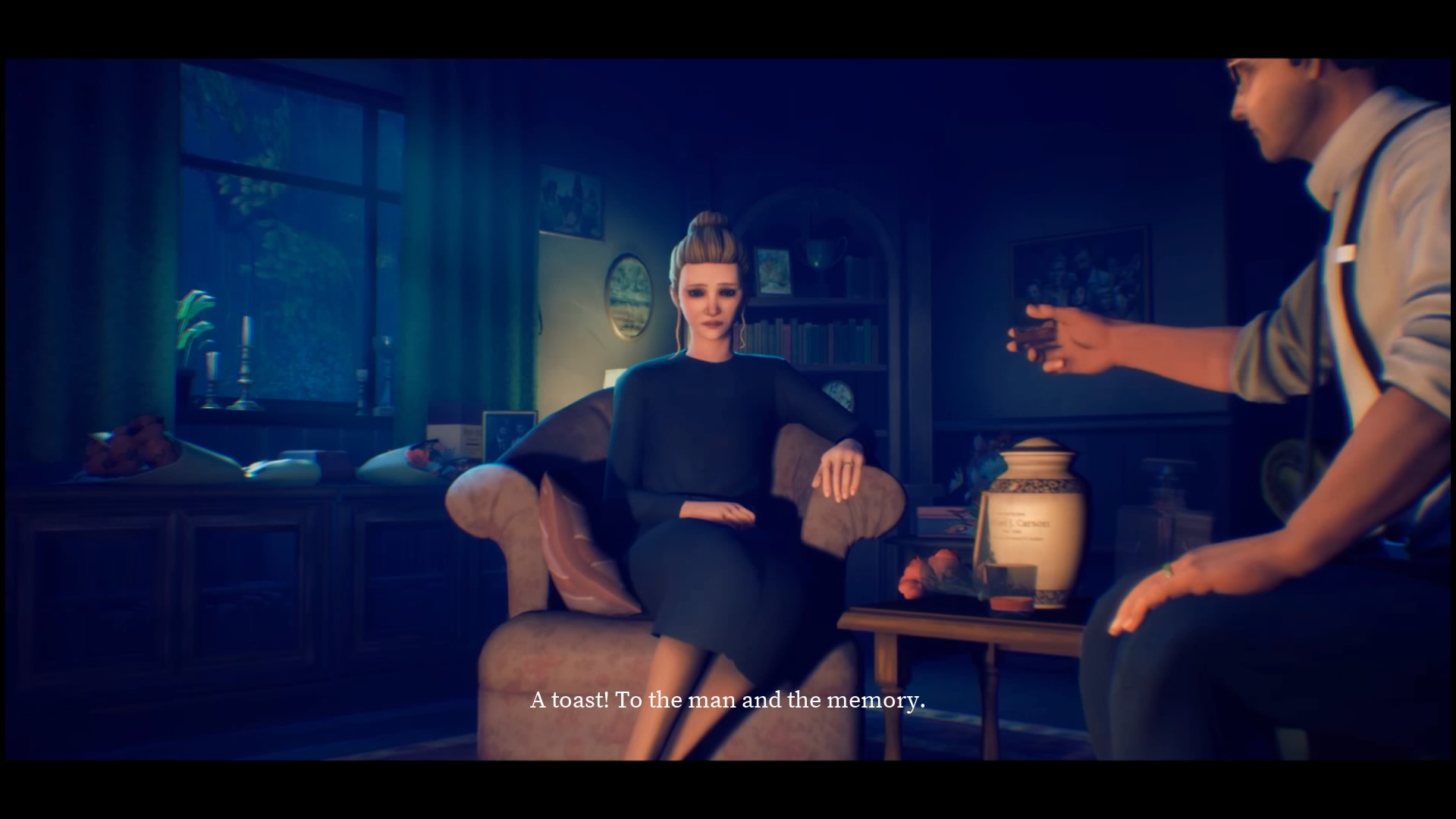
-
The Occupation Review
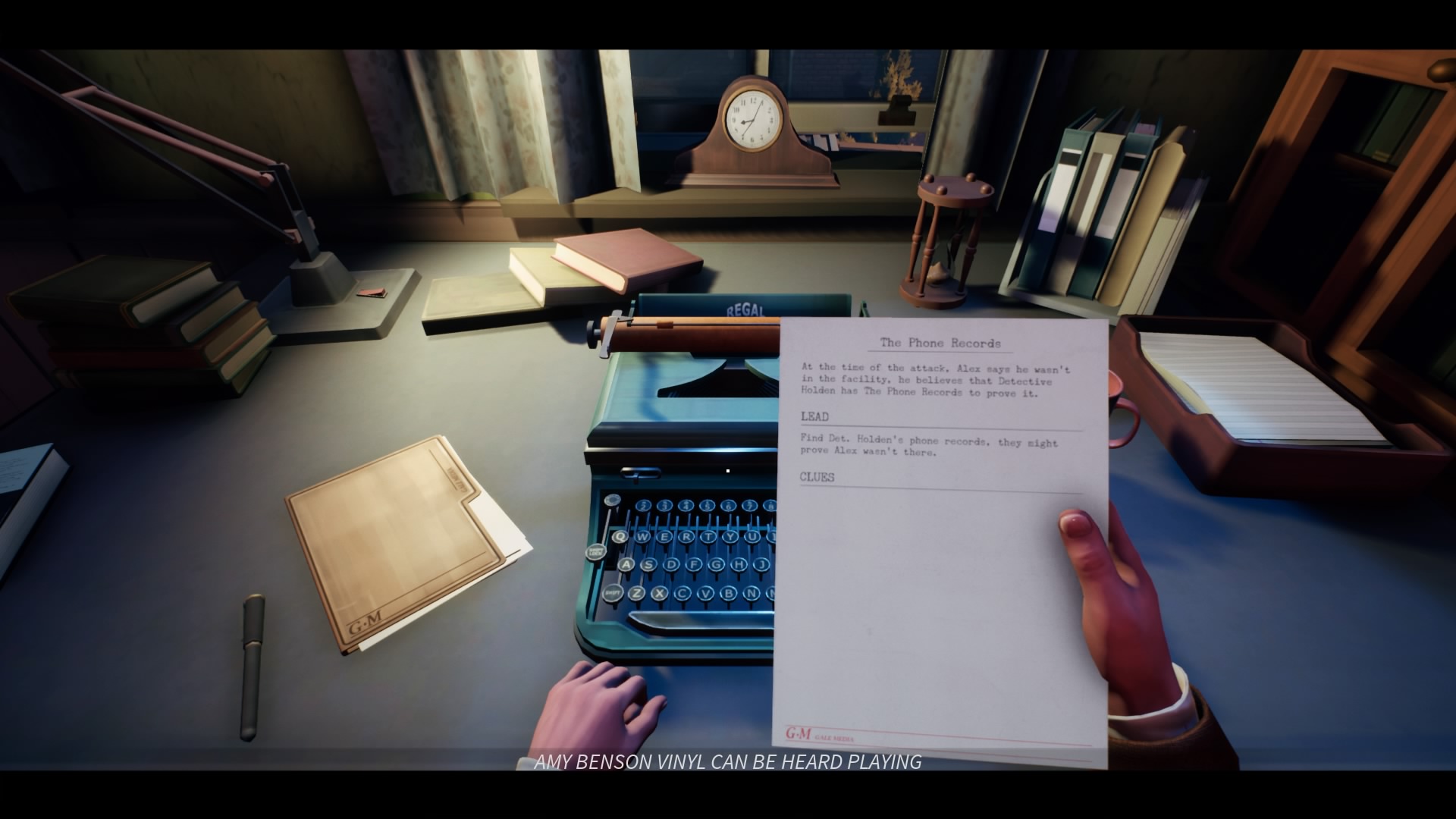
-
The Occupation Review
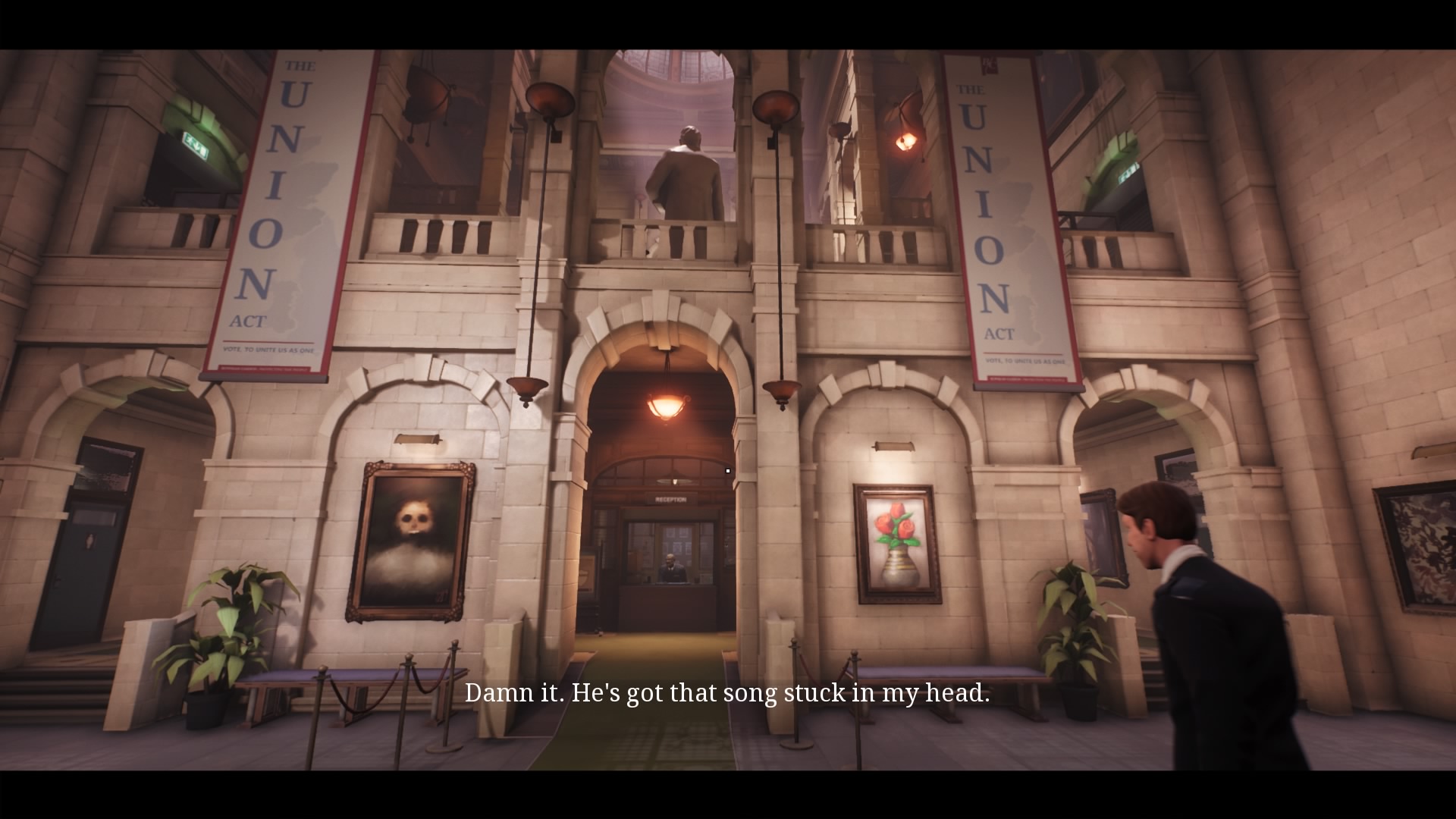
-
The Occupation Review
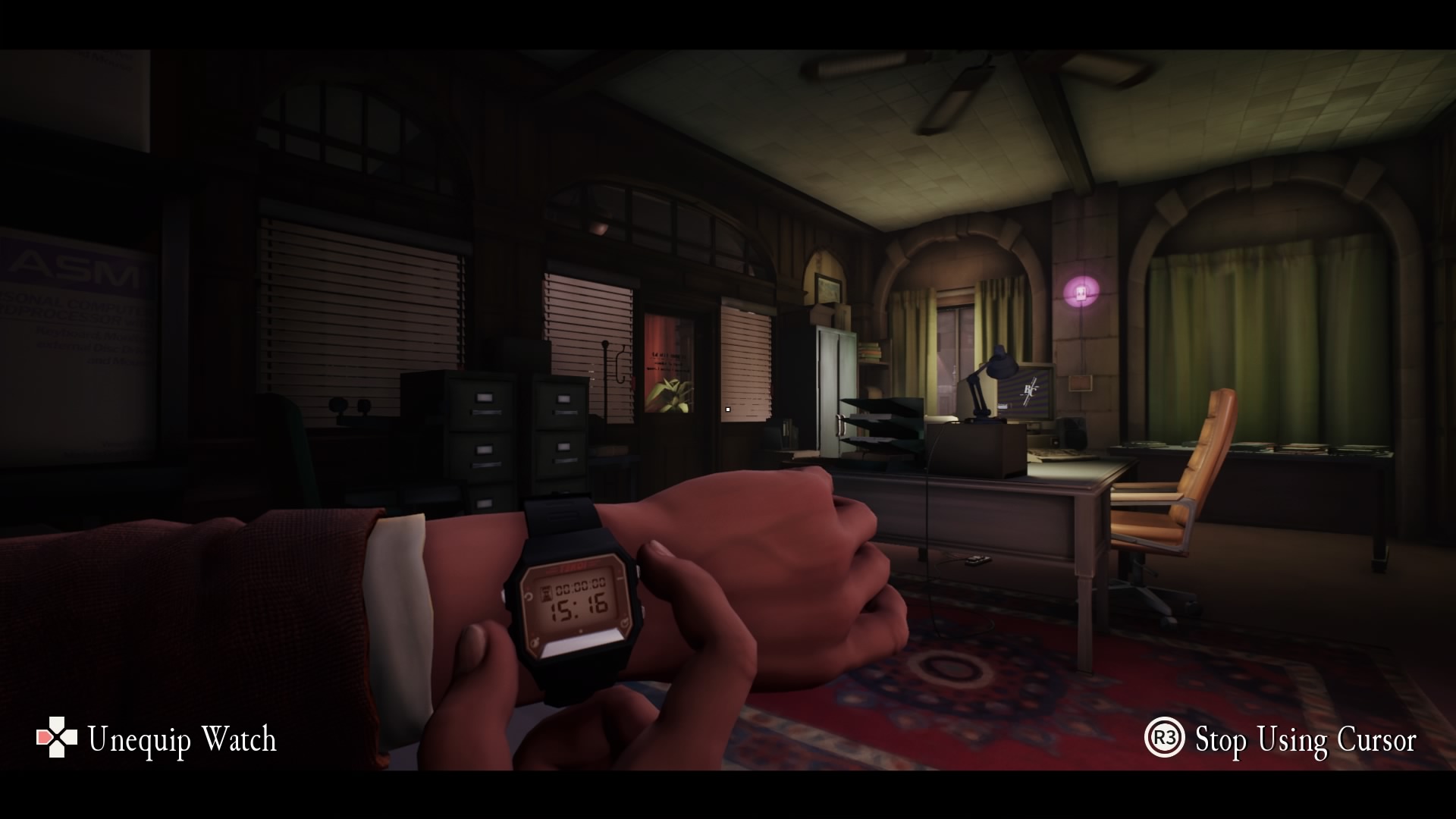
-
The Occupation Review
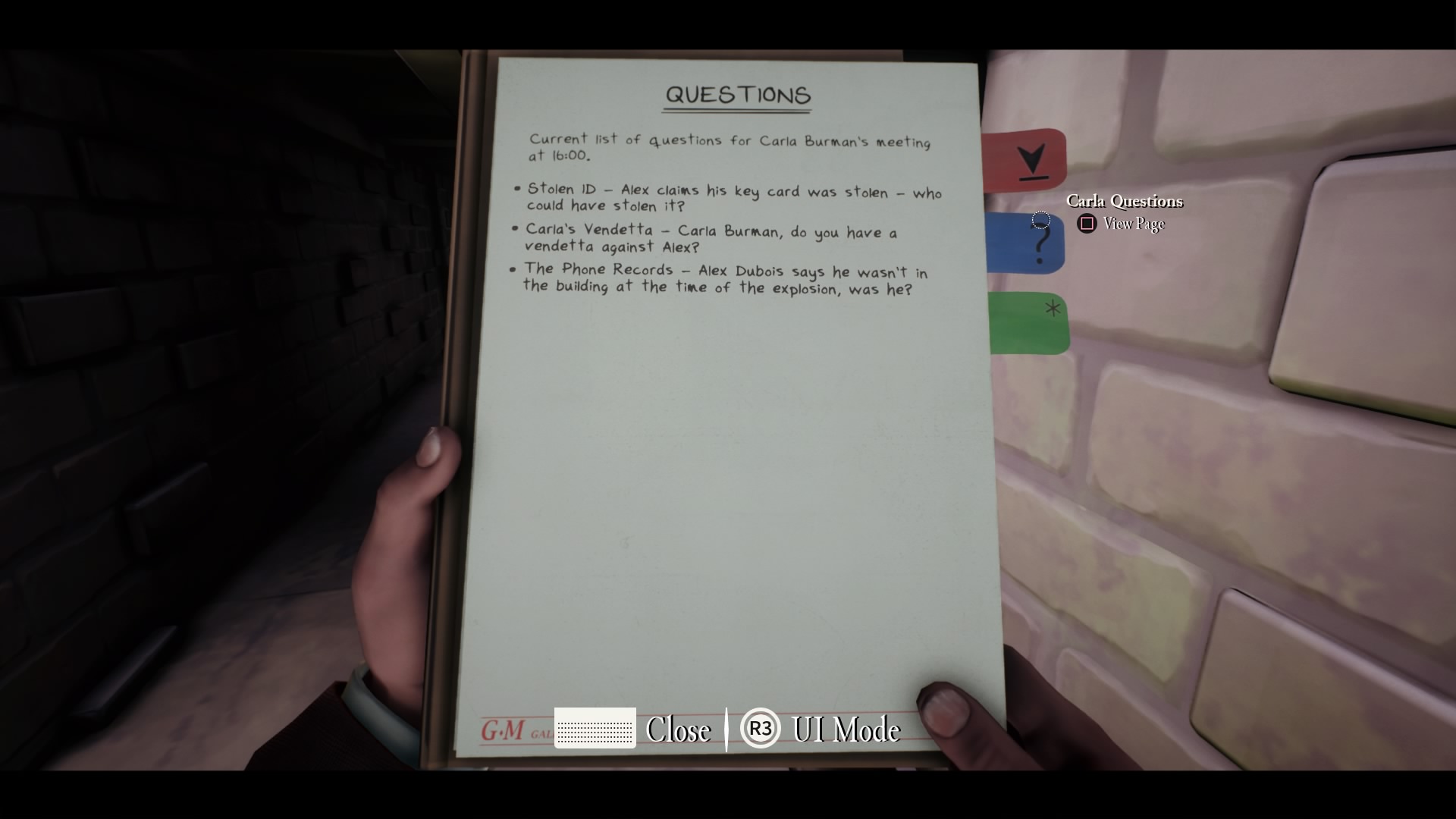
-
The Occupation Review
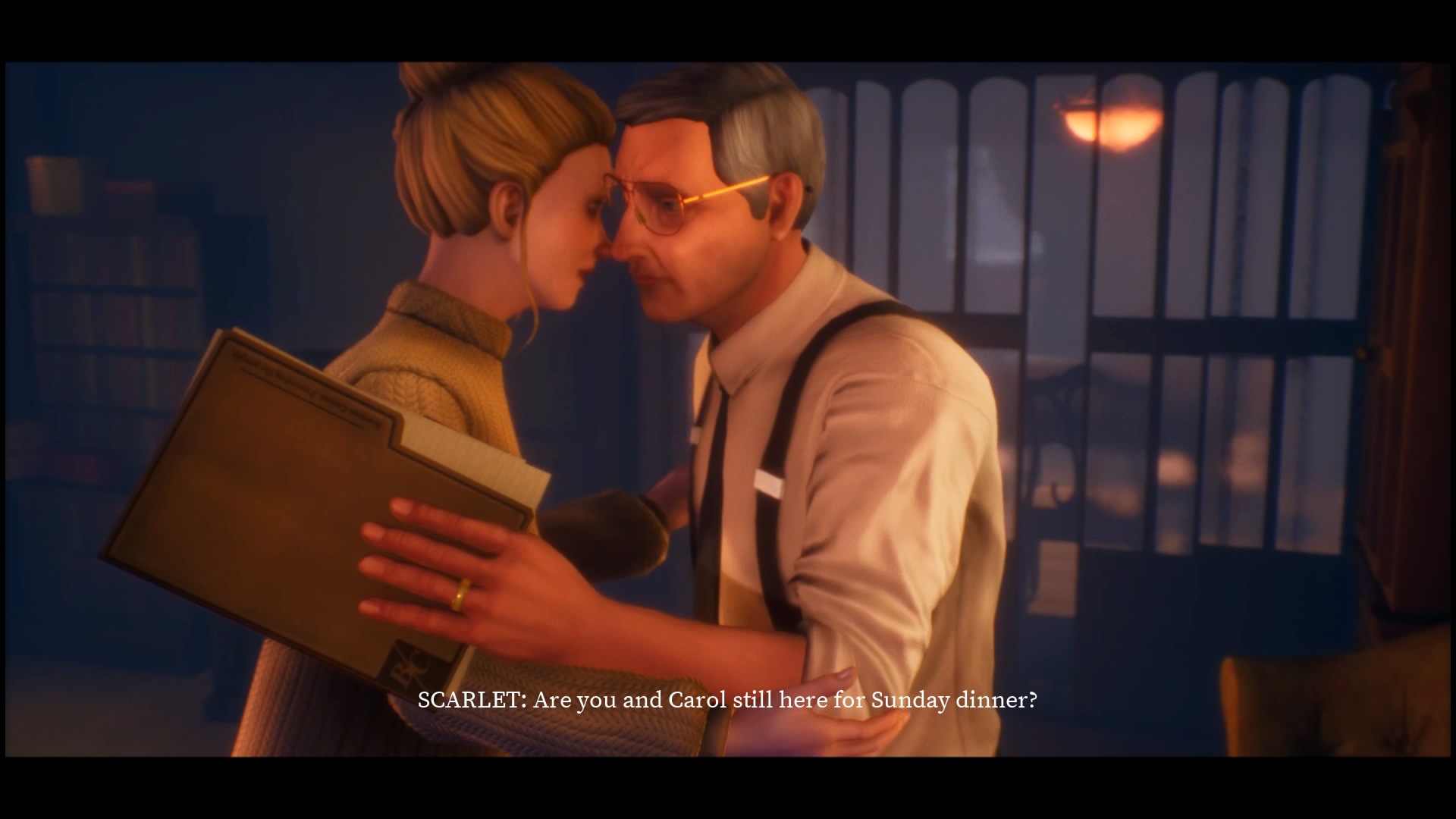
-
The Occupation Review
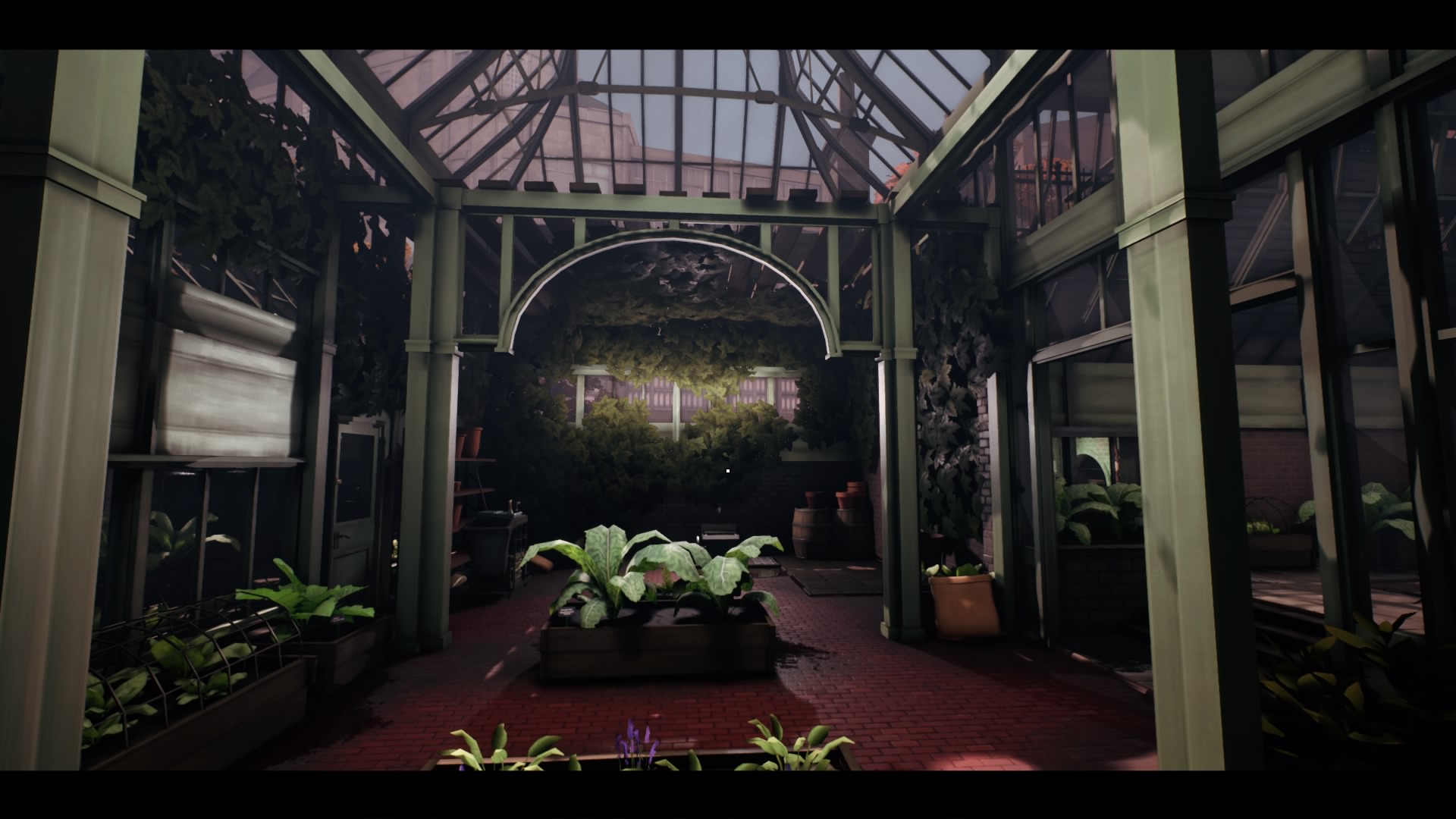
-
The Occupation Review
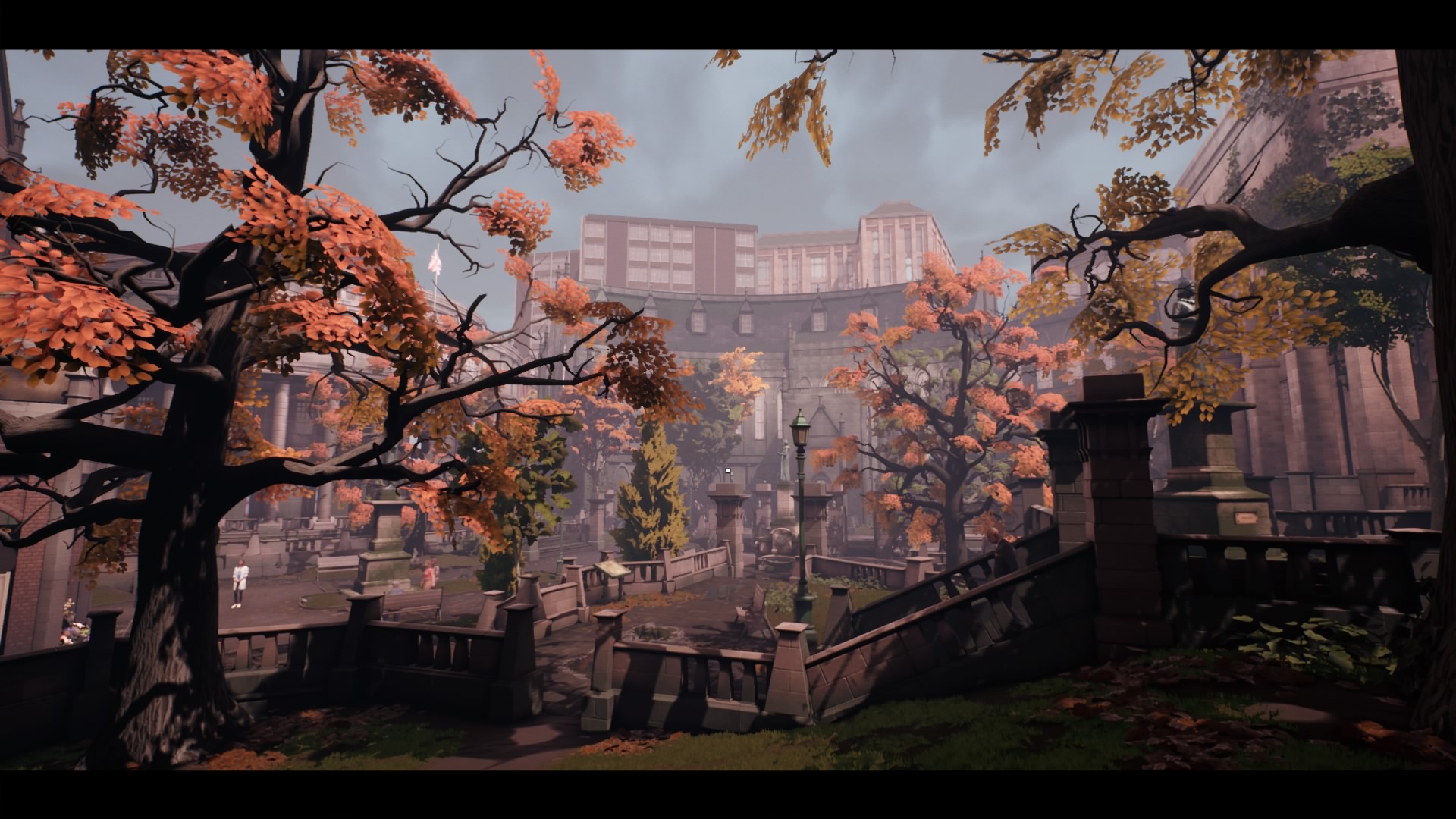
-
The Occupation Review
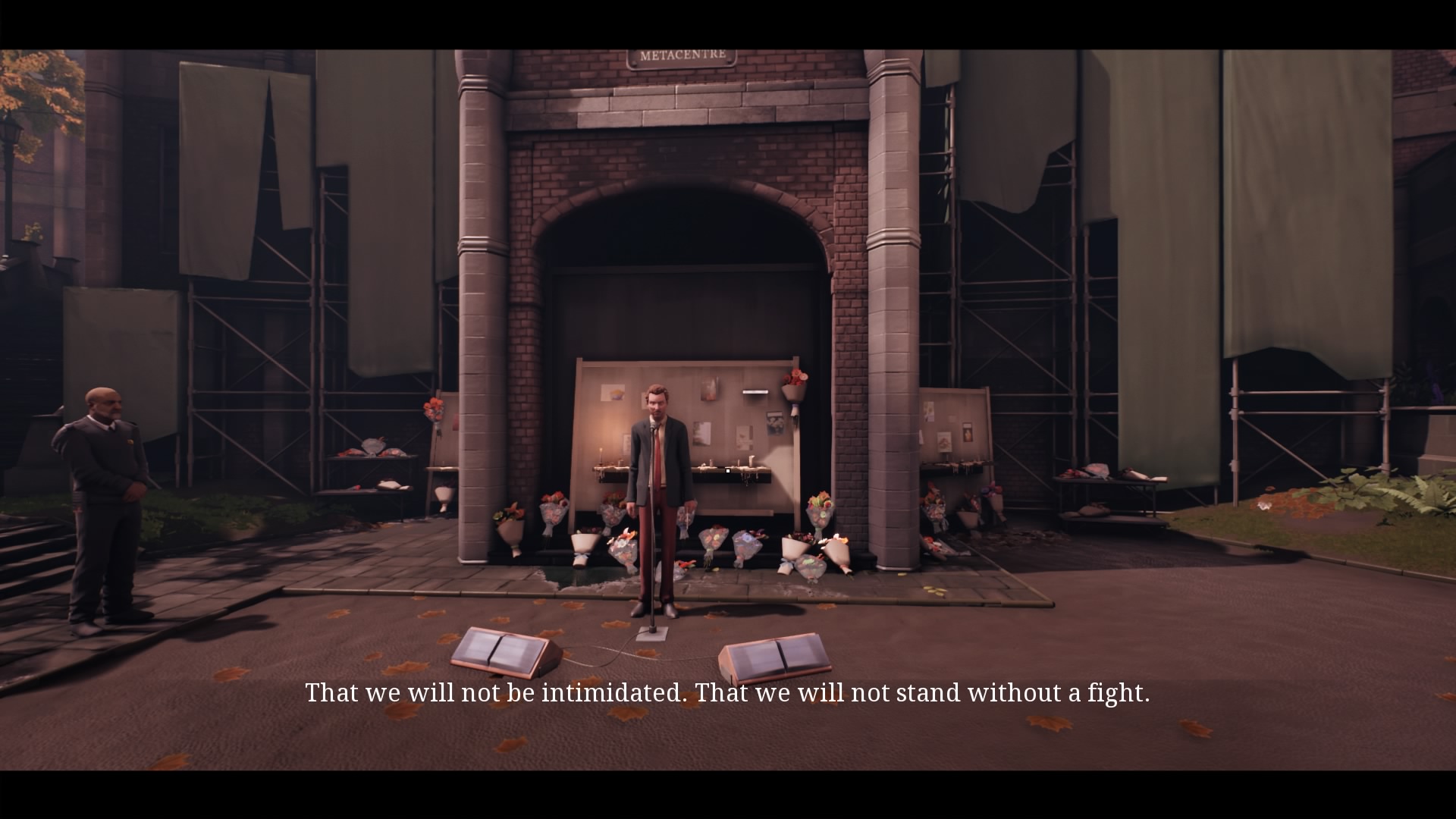
-
The Occupation Review
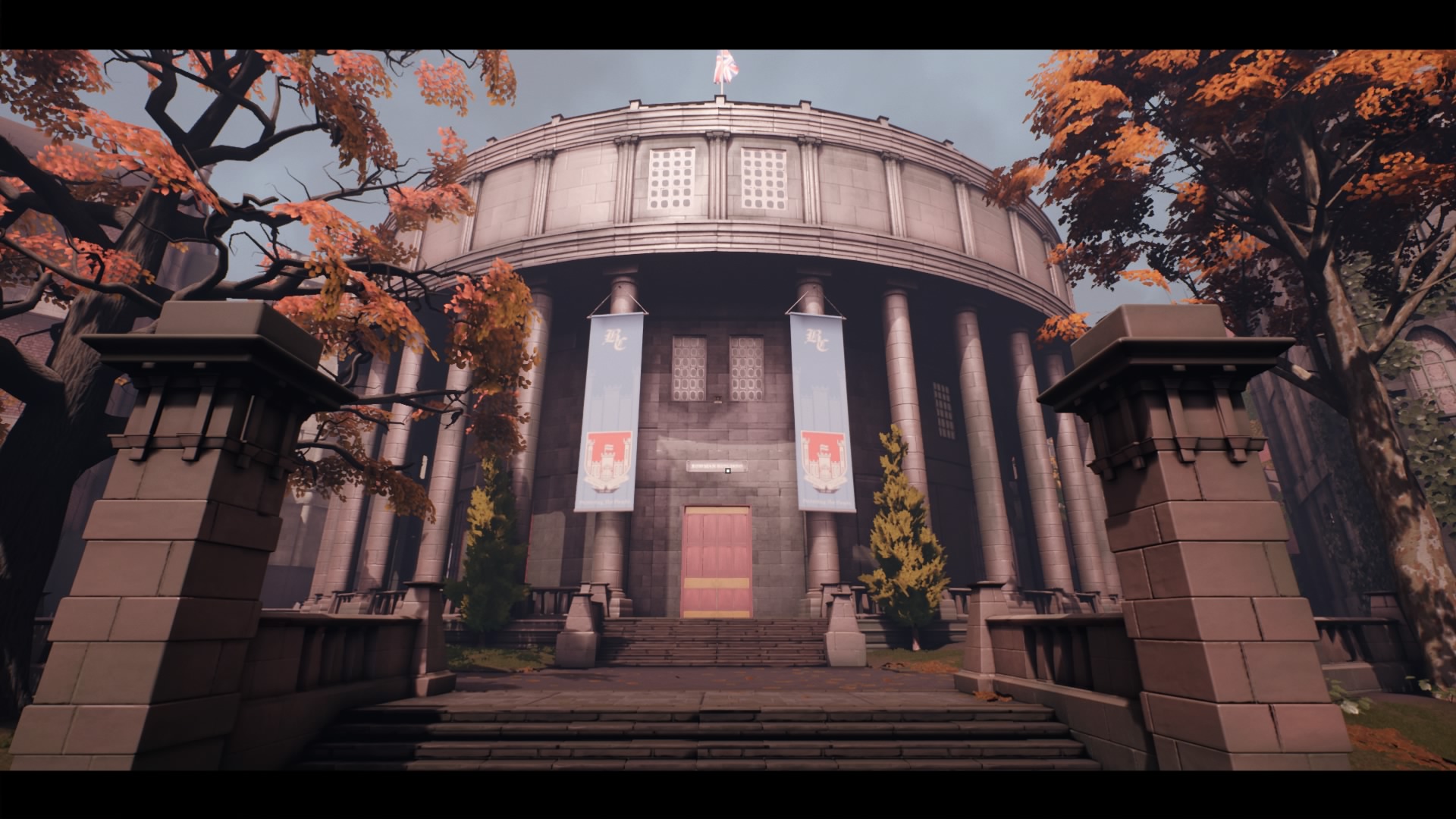
-
The Occupation Review

-
The Occupation Review
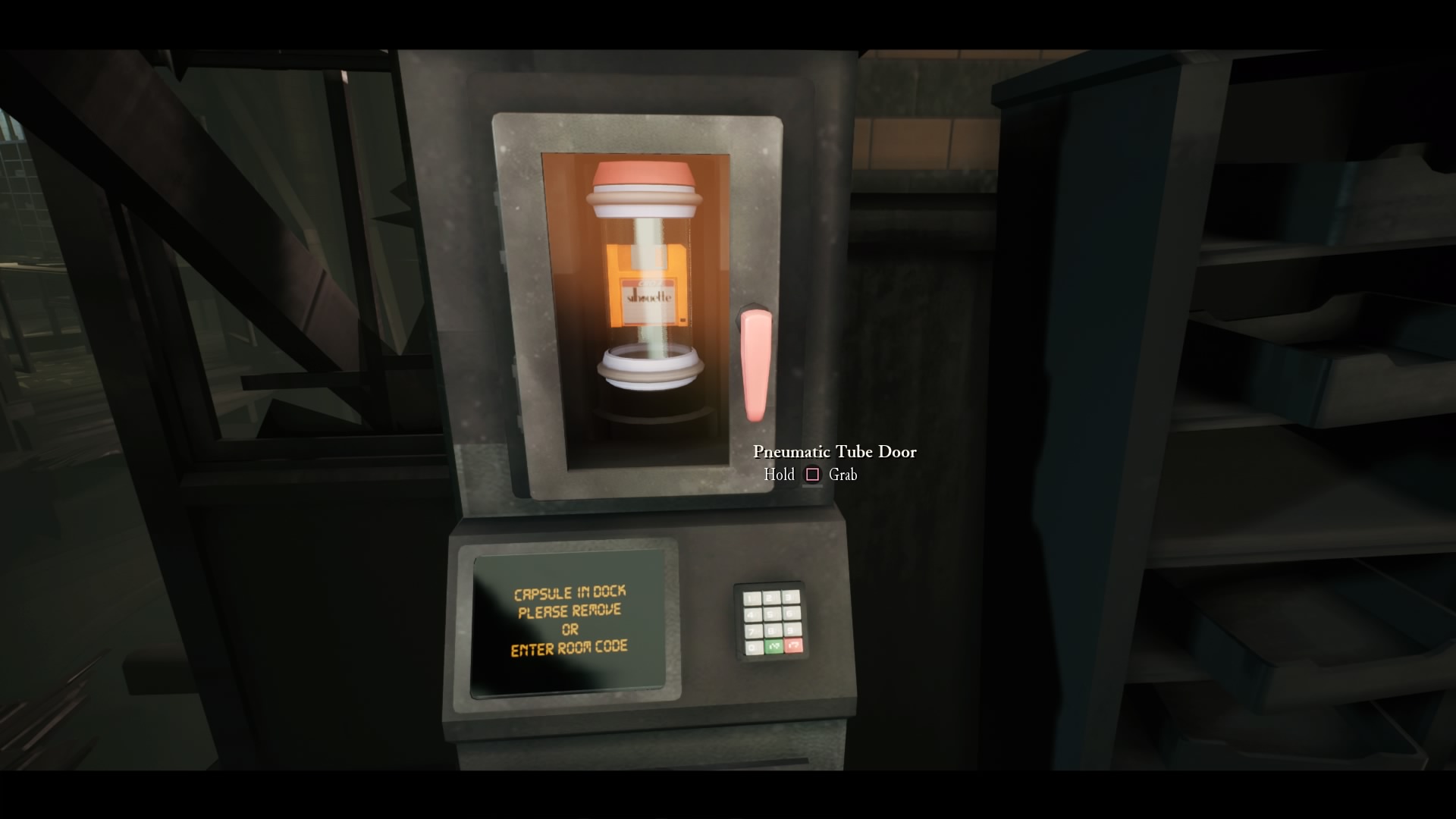
-
The Occupation Review
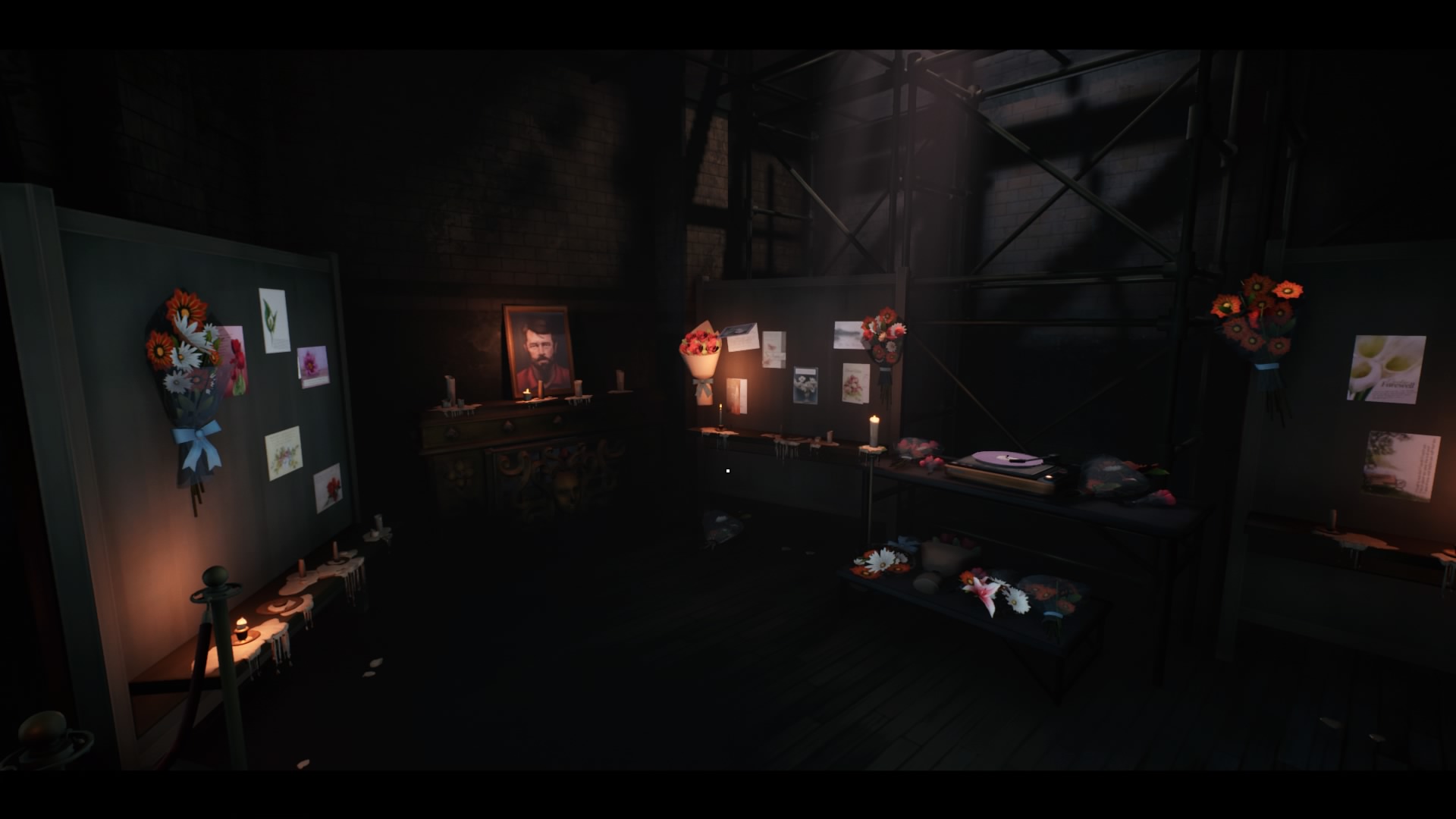
-
The Occupation Review
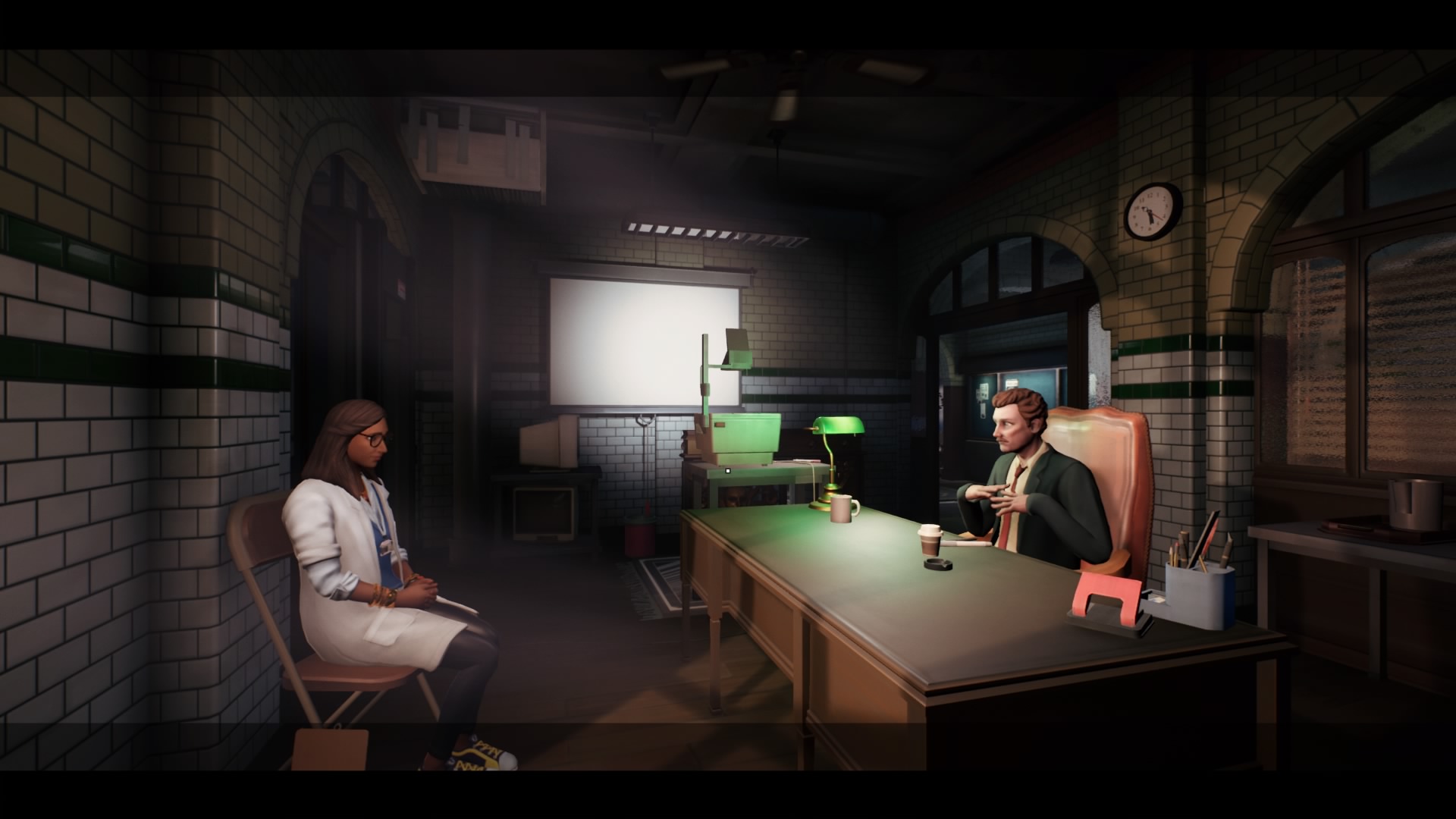
-
The Occupation Review
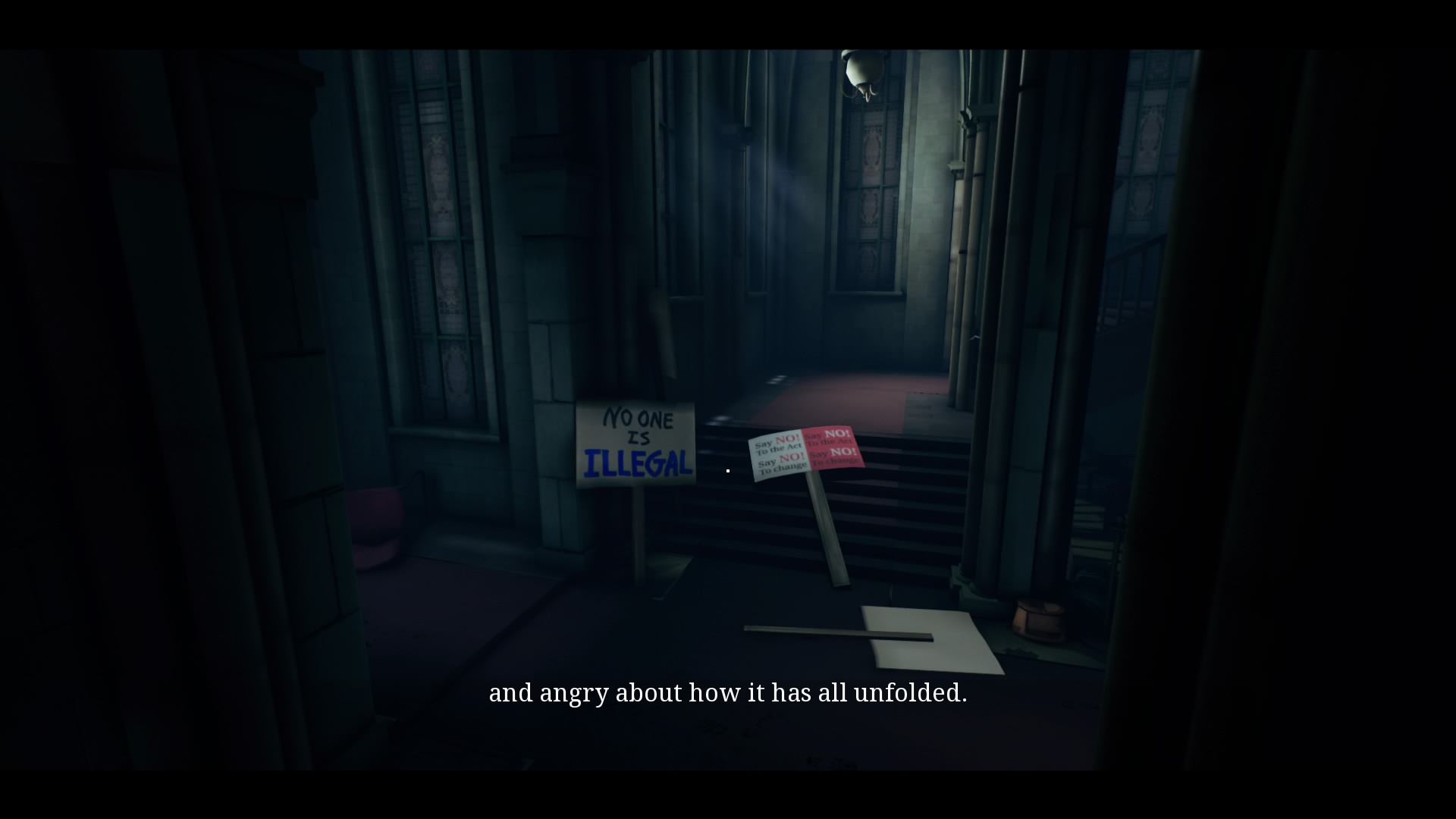
-
The Occupation Review
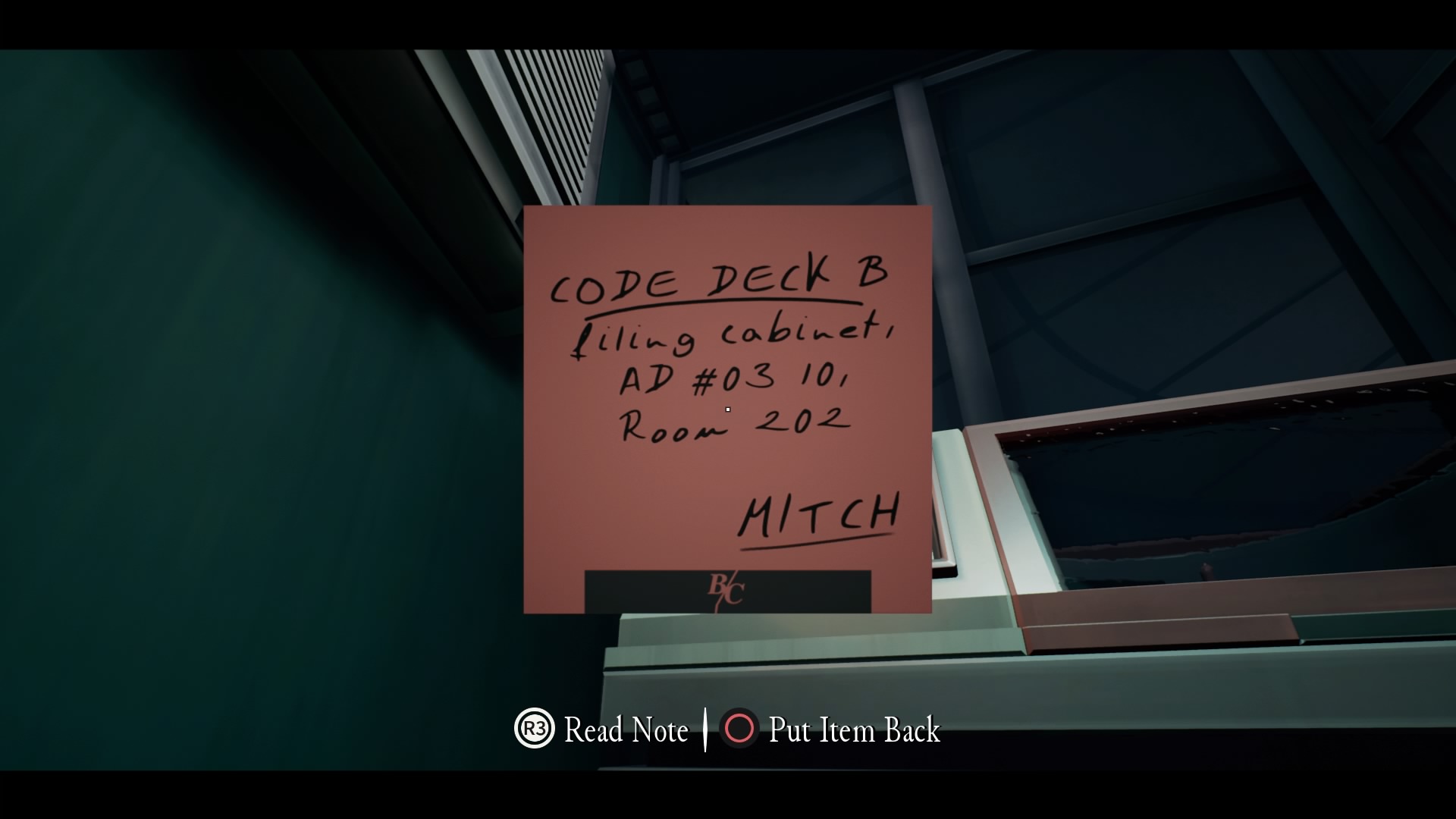
-
The Occupation Review
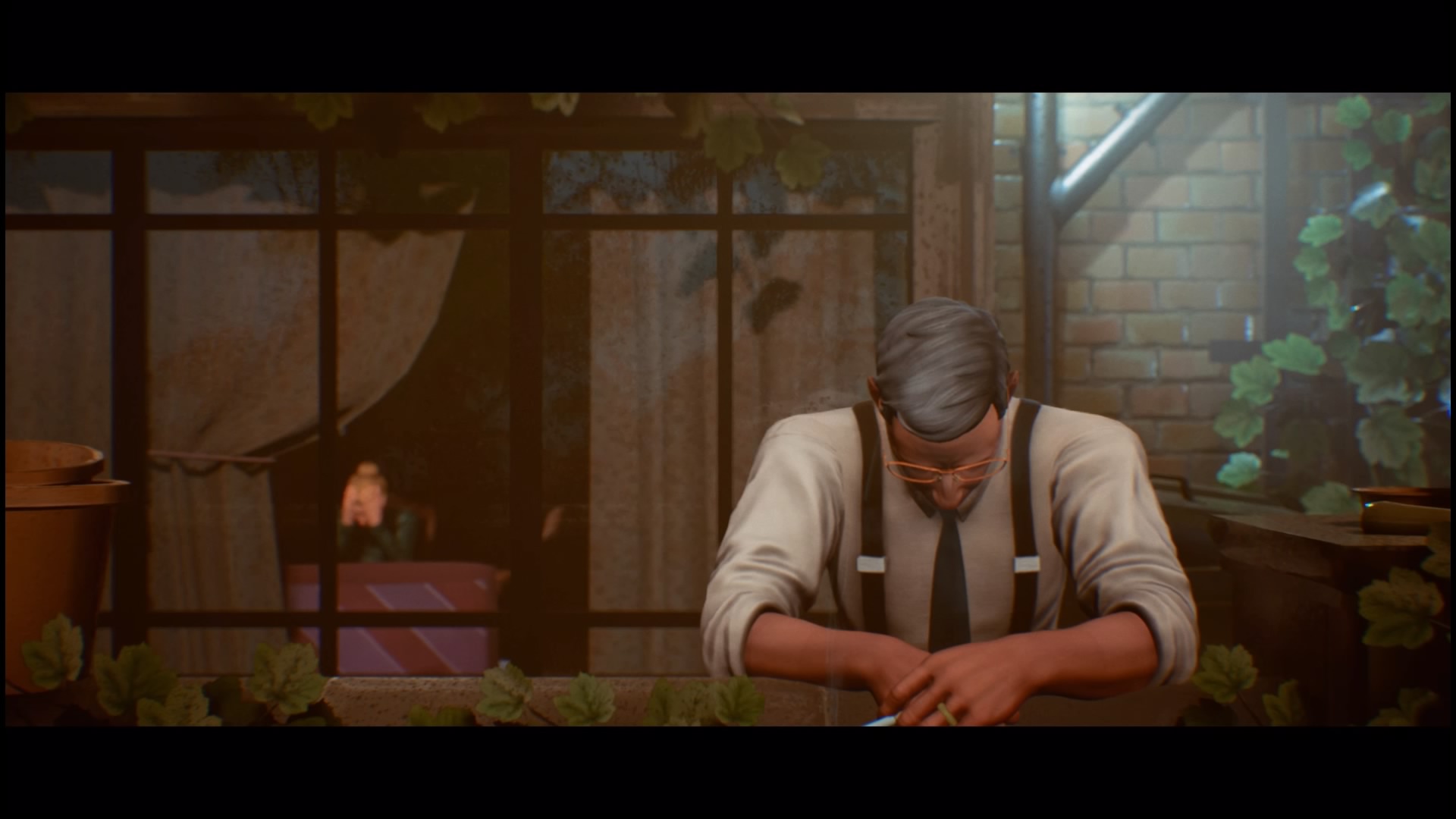
-
The Occupation Review
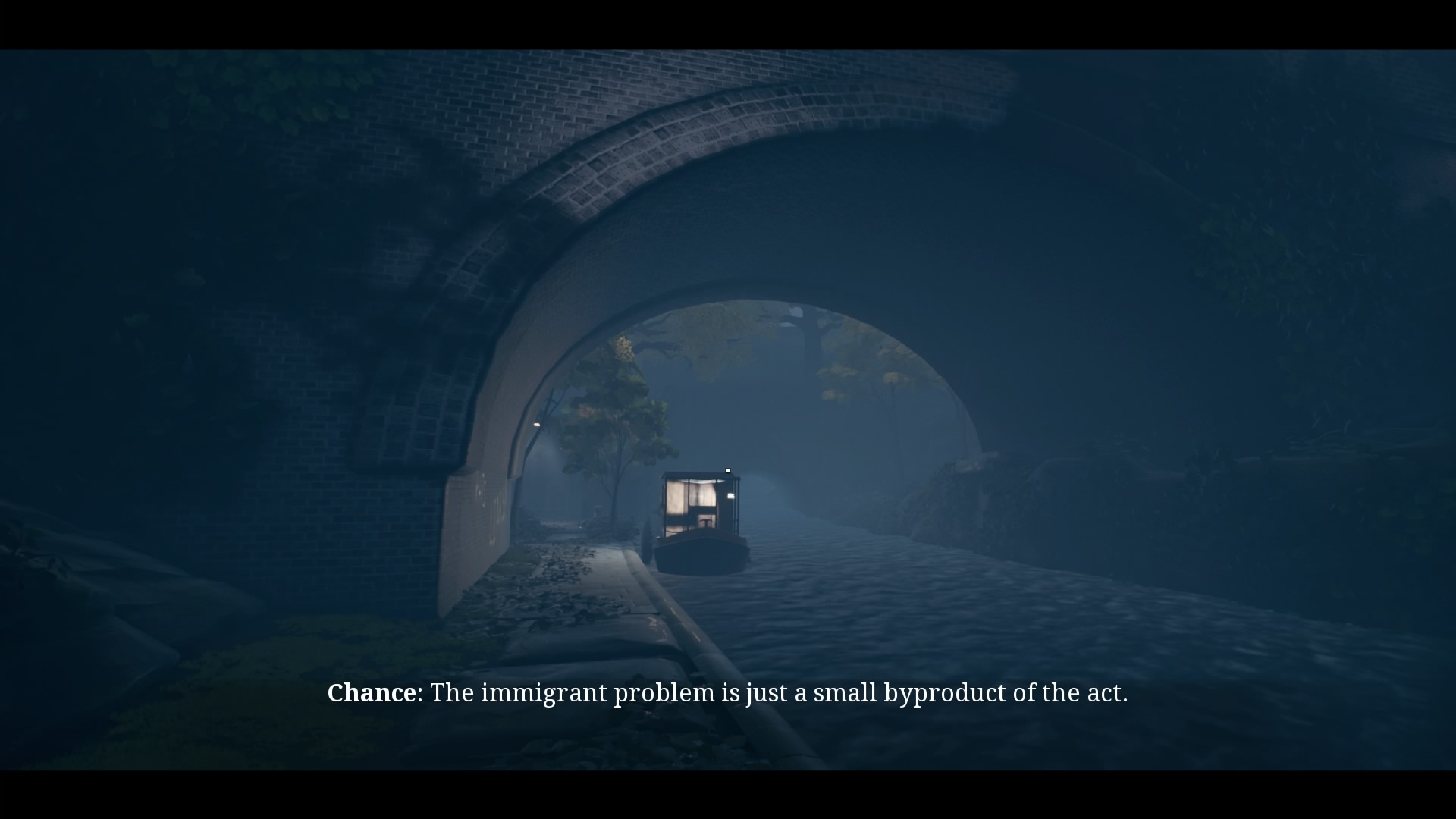
-
The Occupation Review
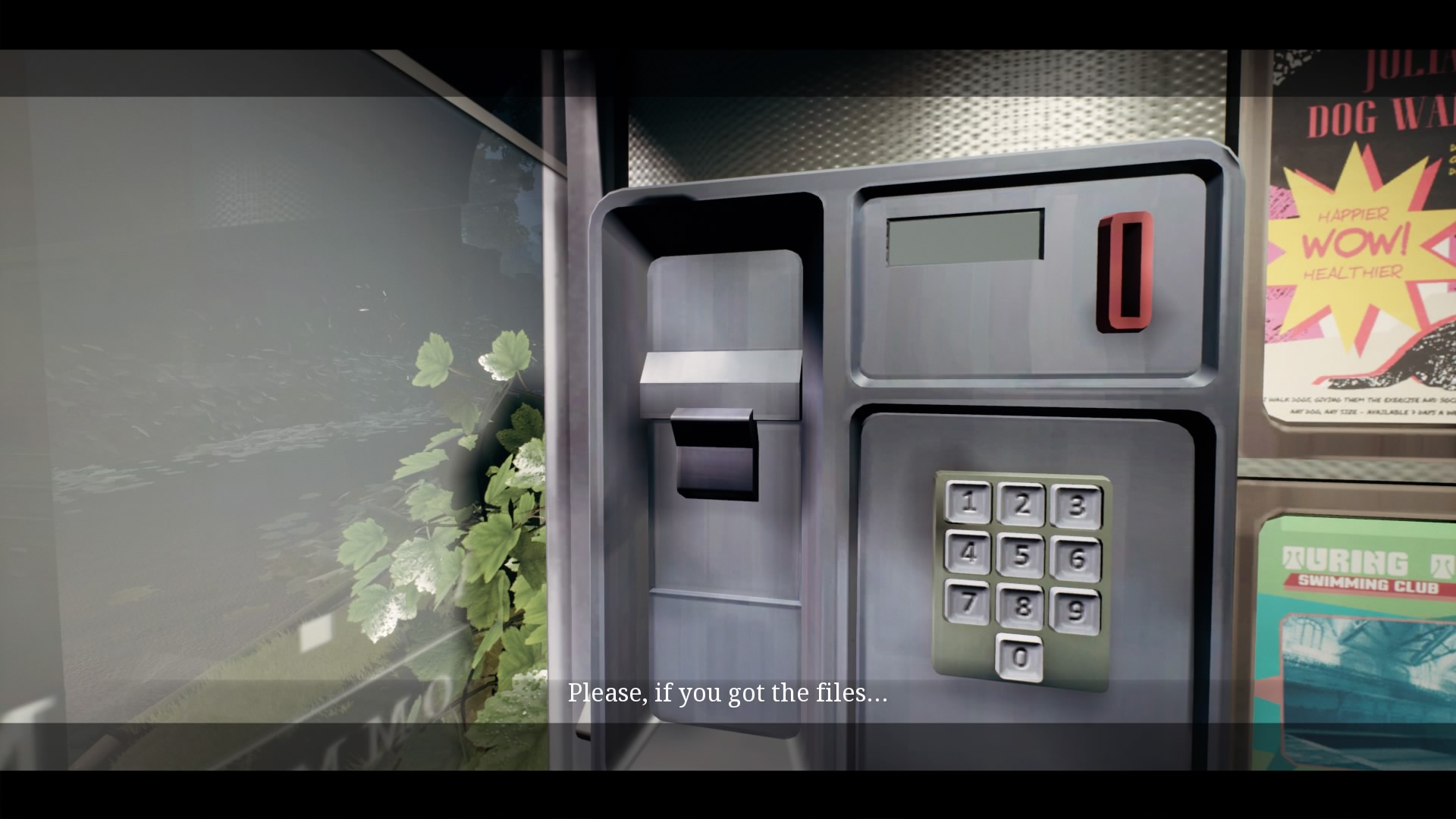
-
The Occupation Review
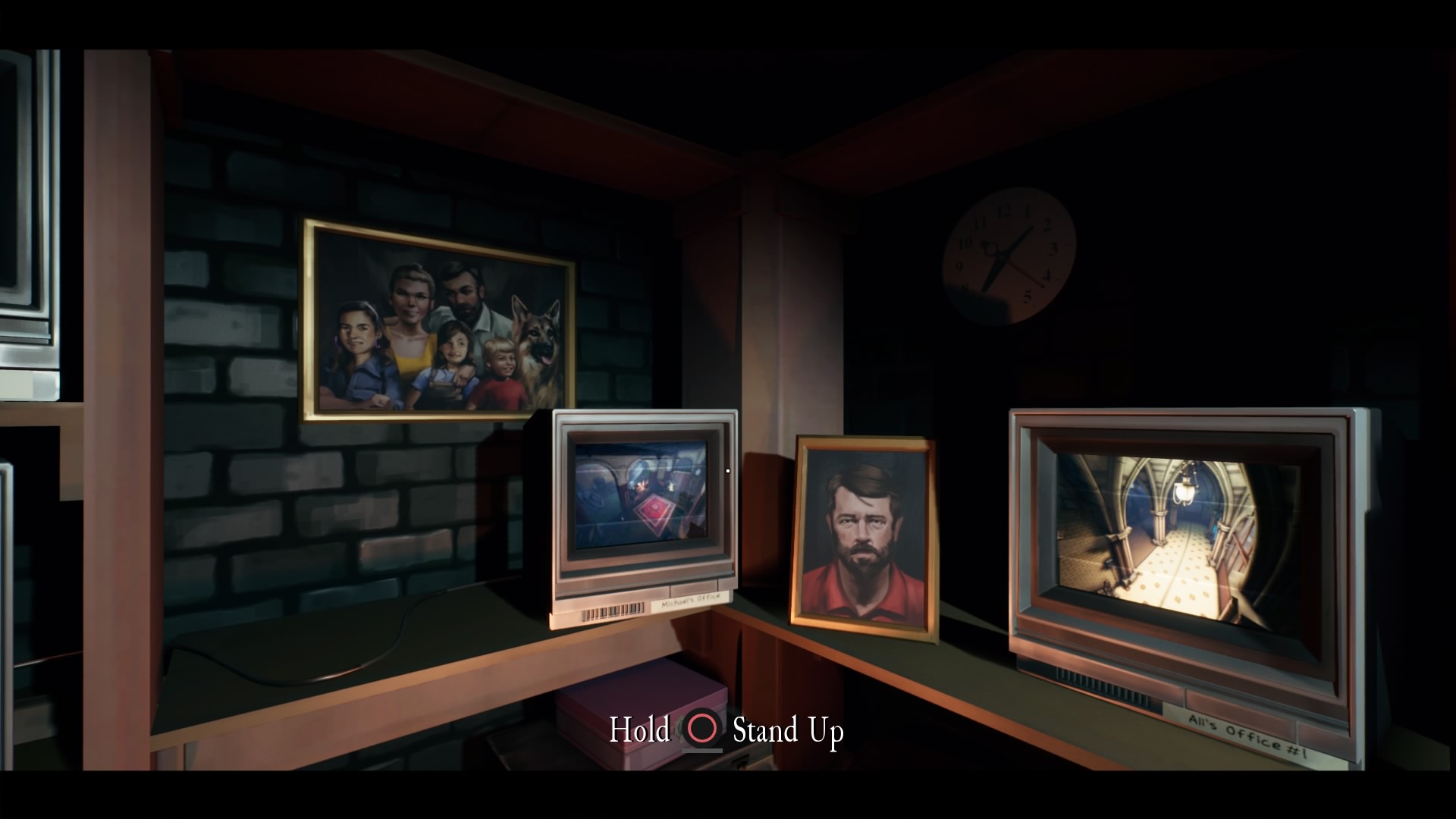
-
The Occupation Review
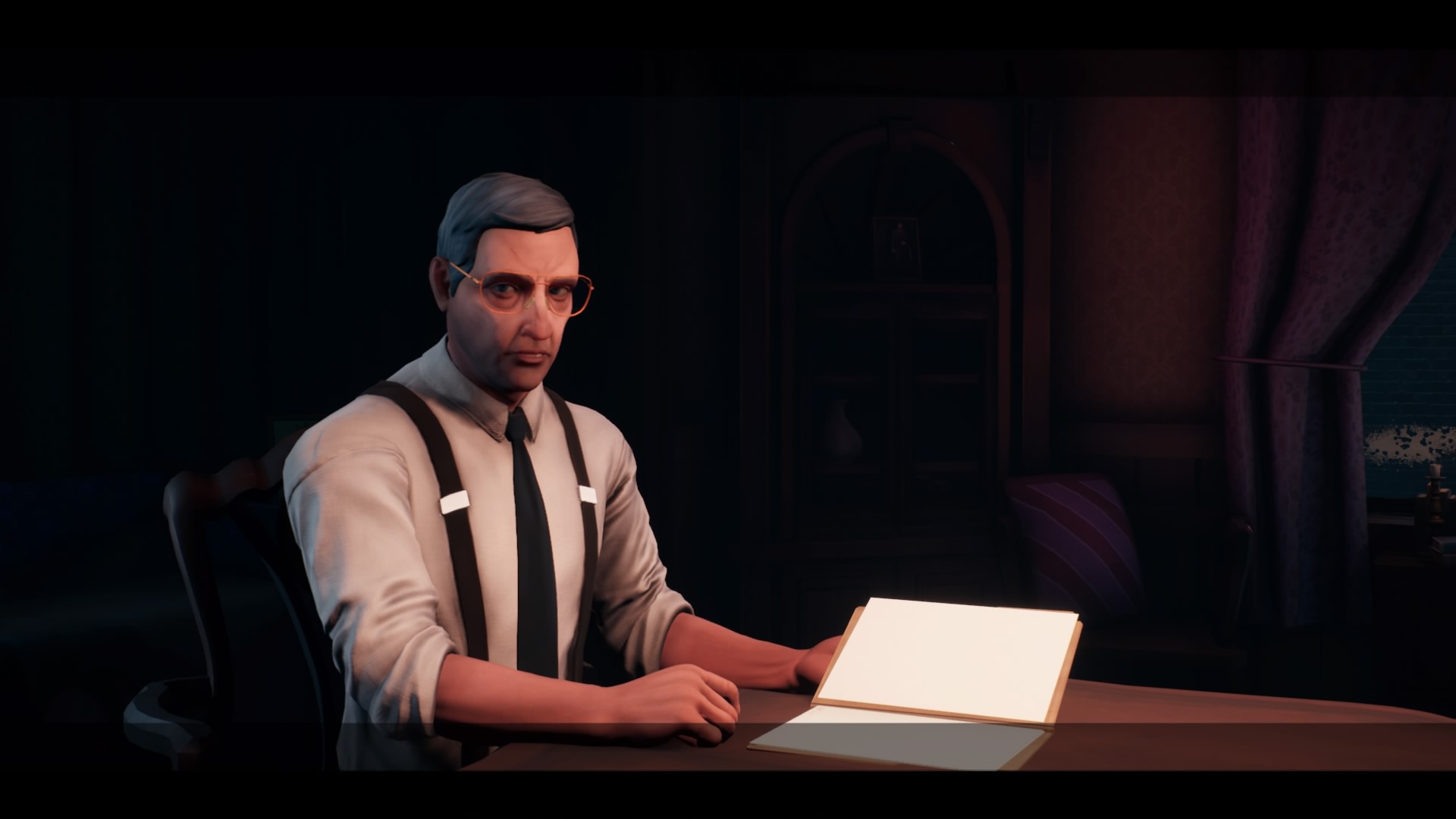
-
The Occupation Review
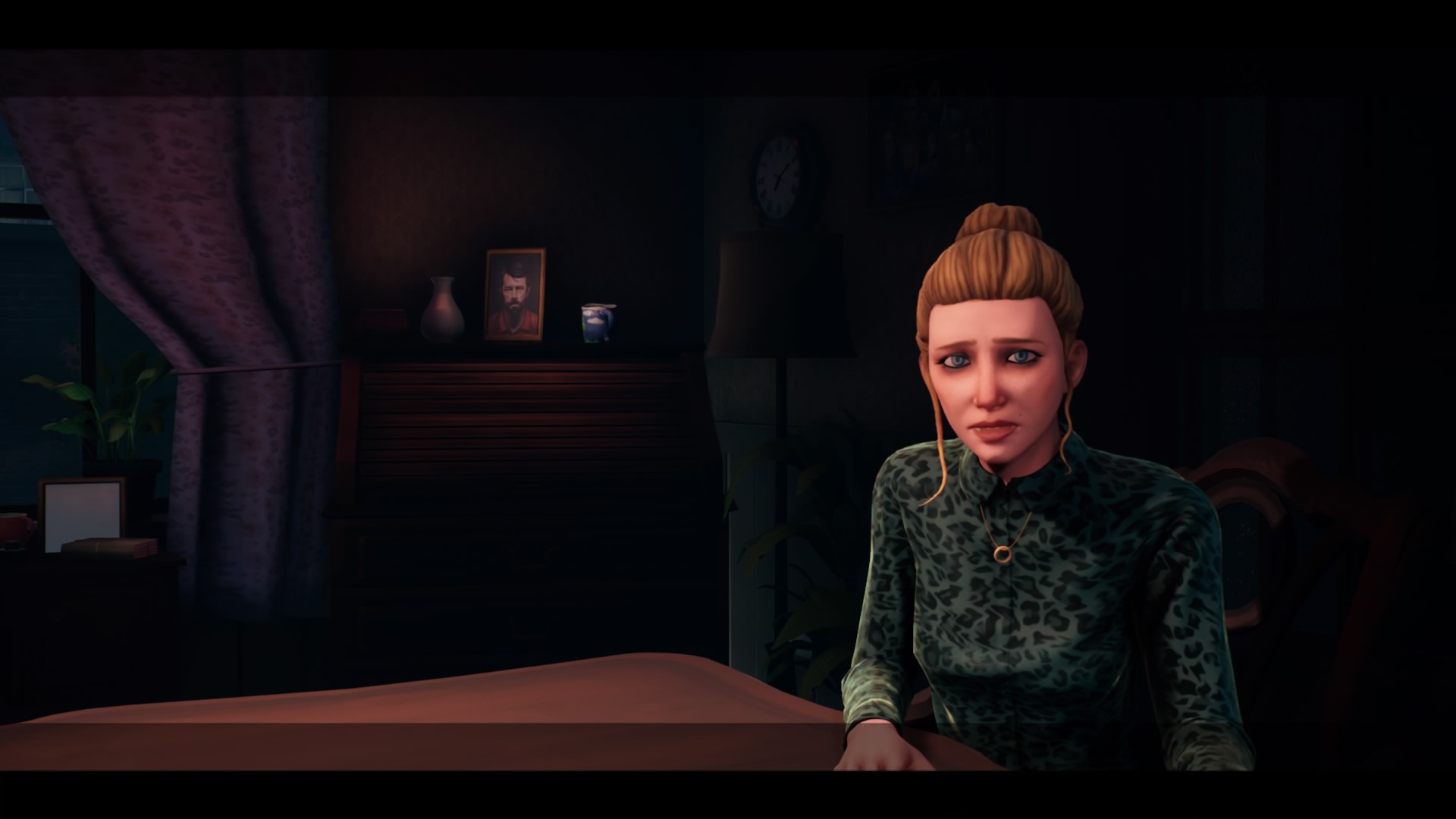
-
The Occupation Review

-
The Occupation Review
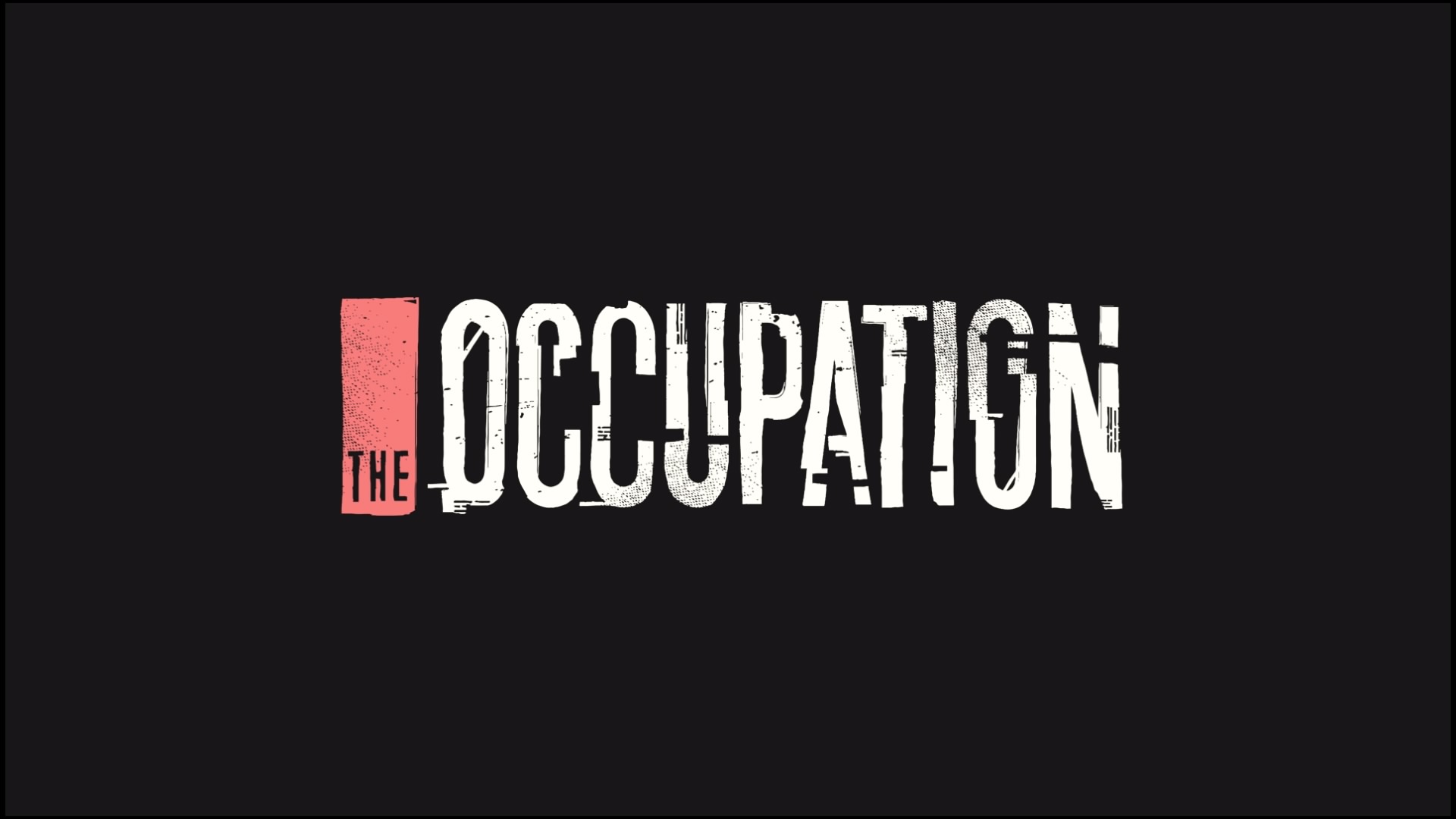
-
The Occupation Review
